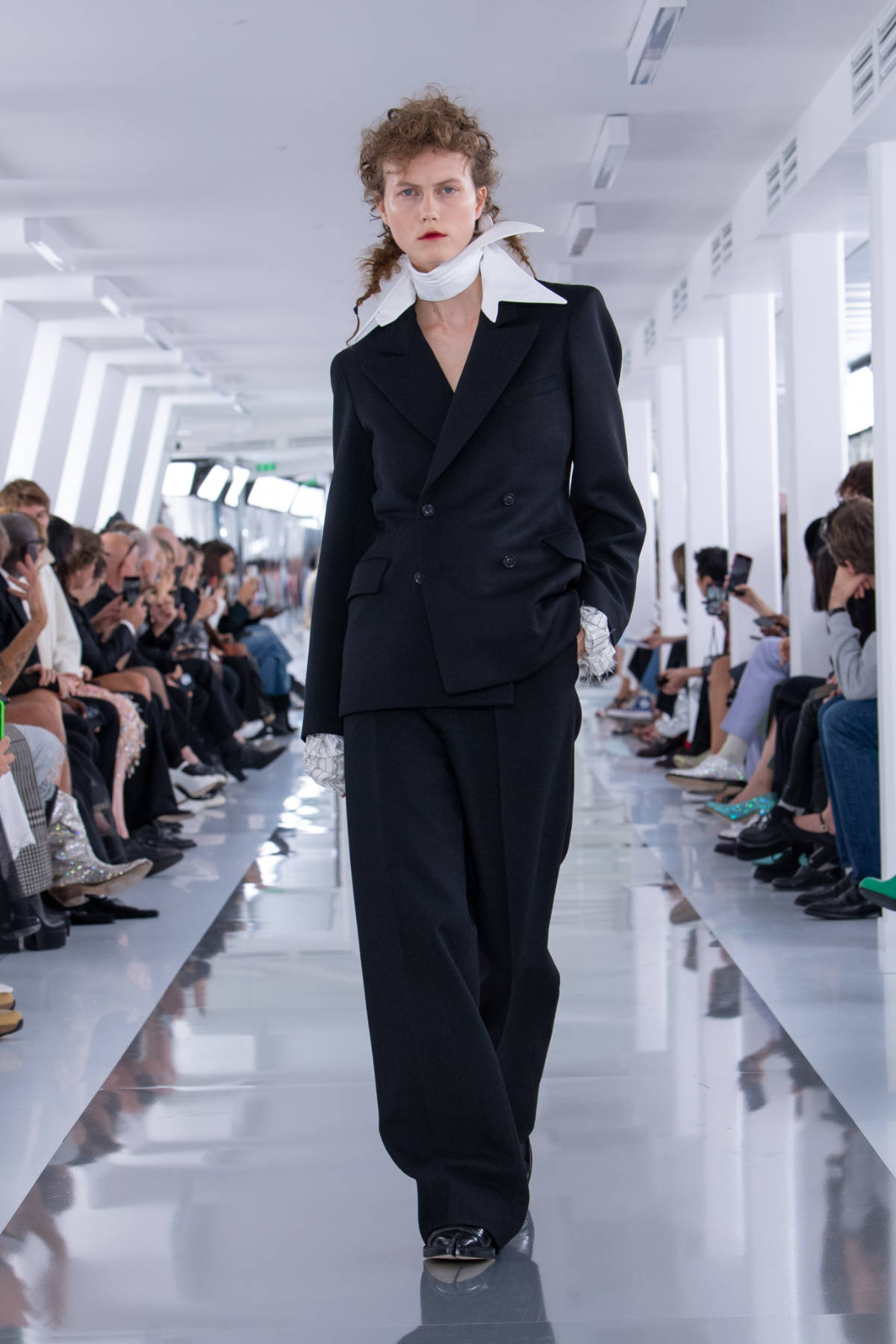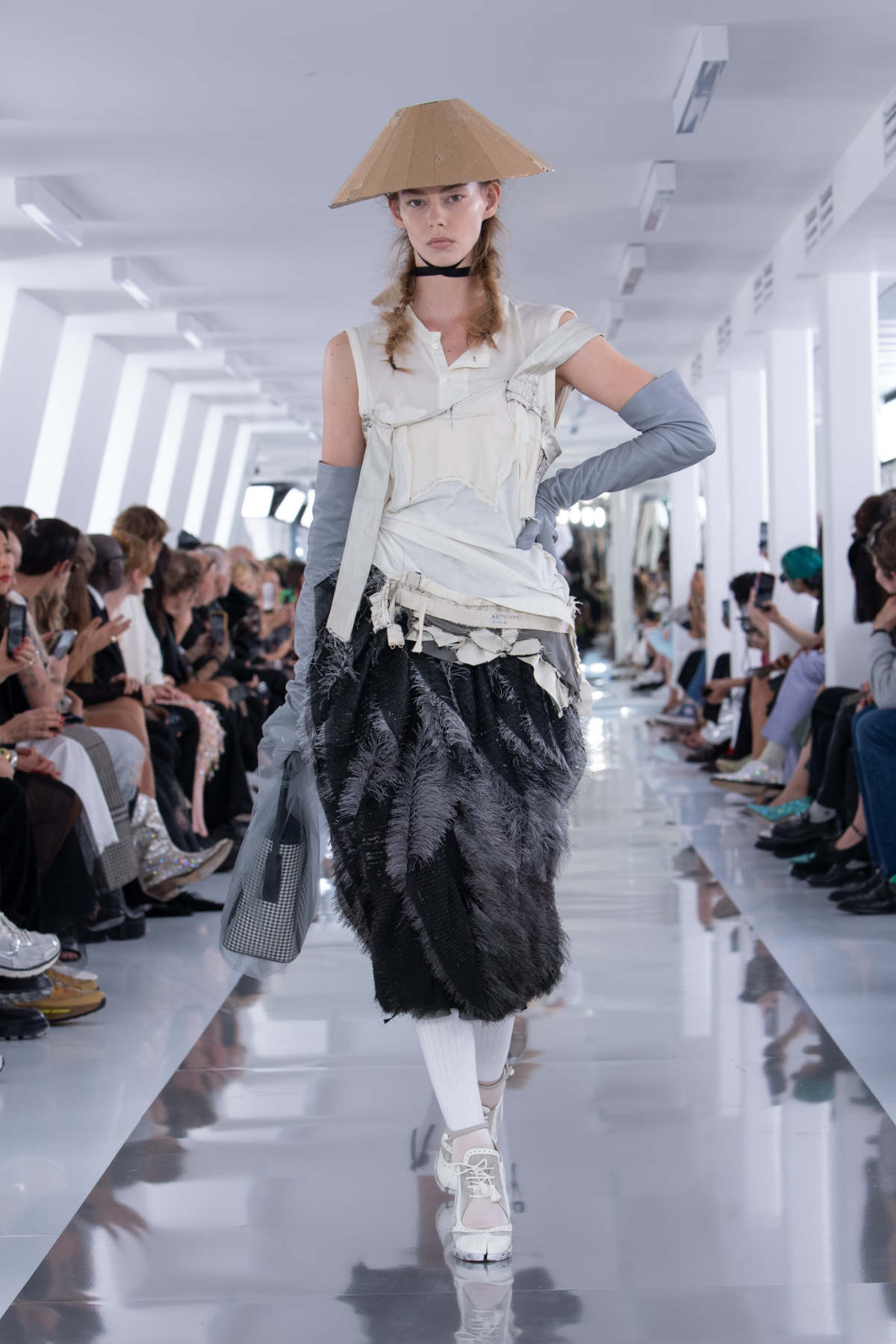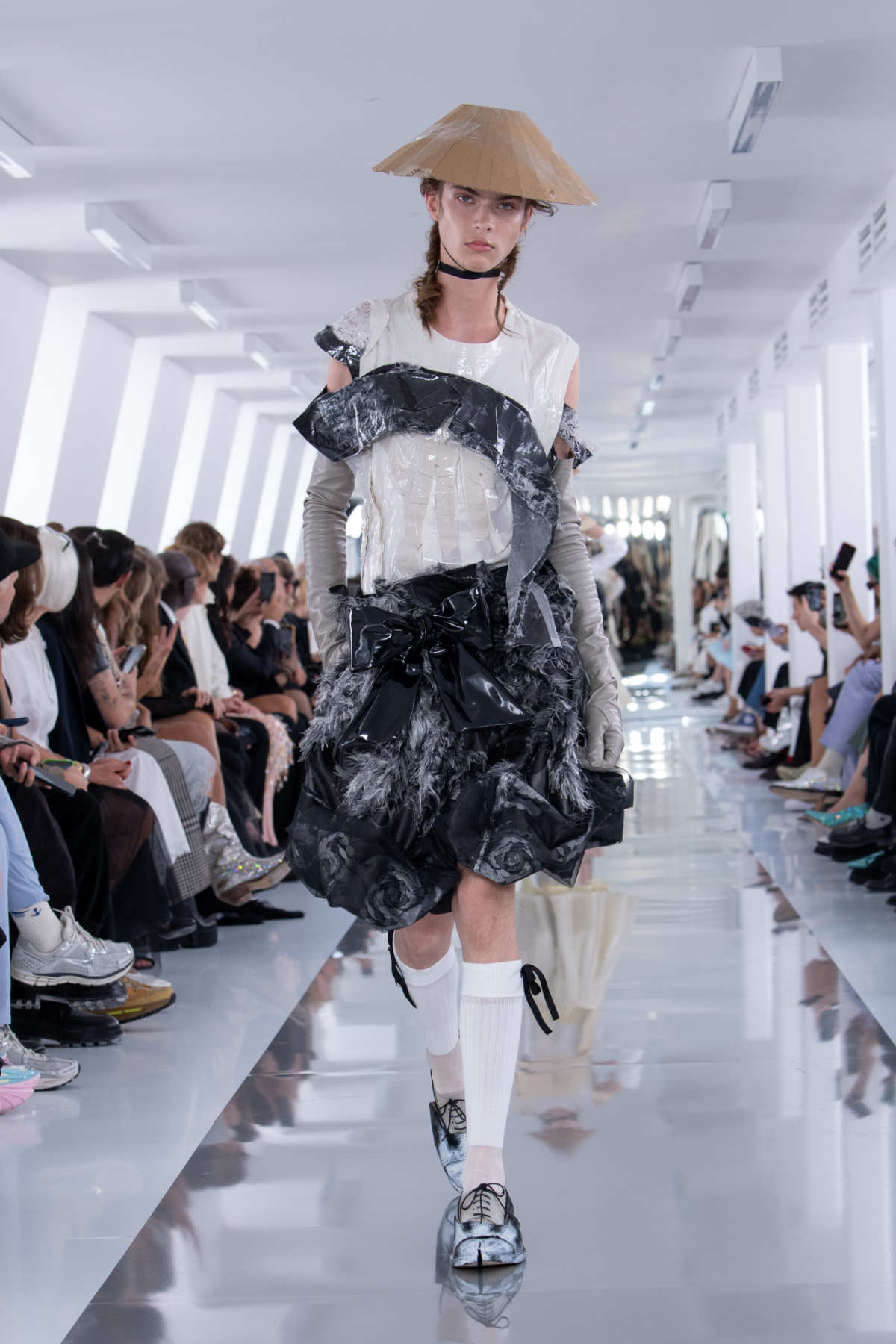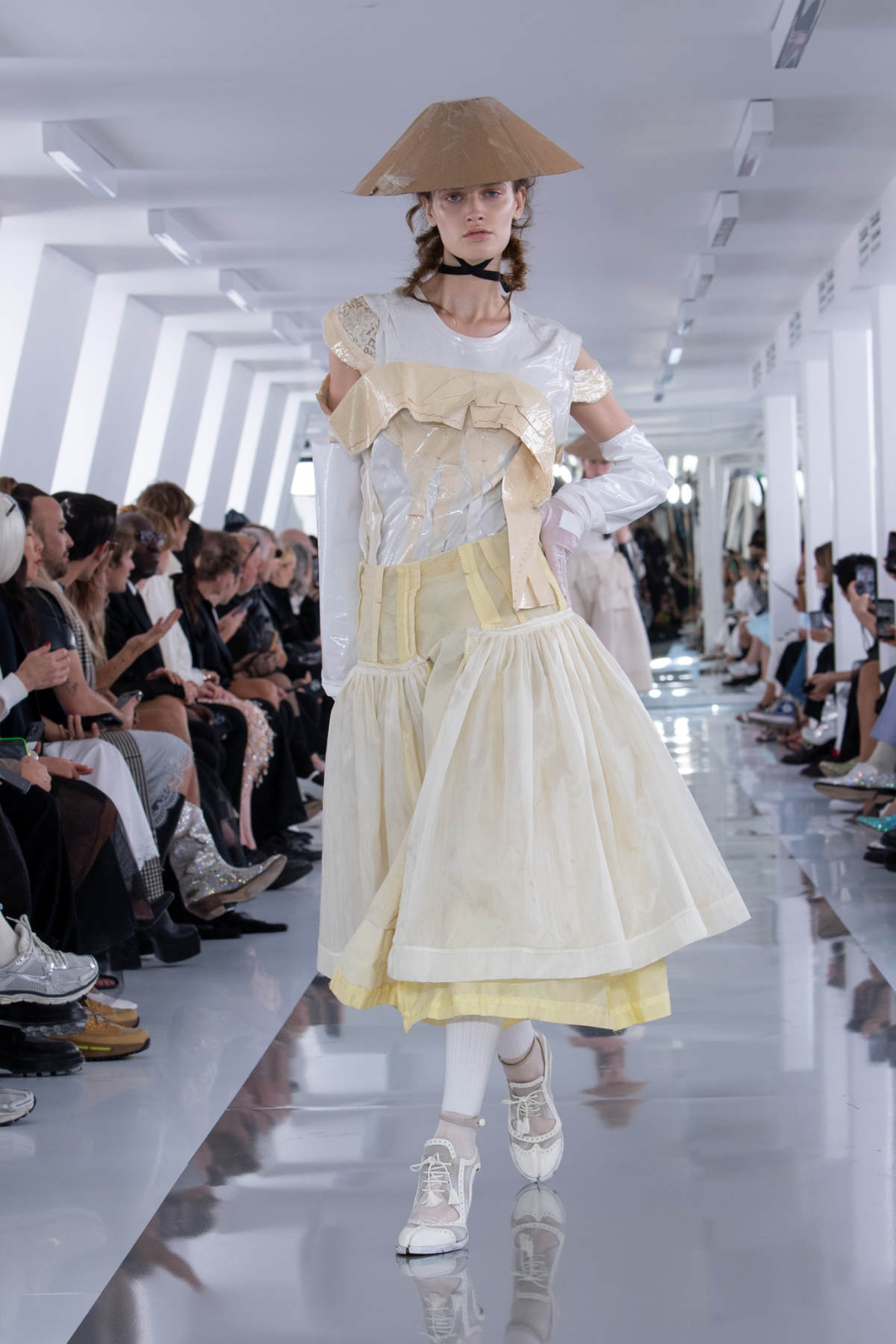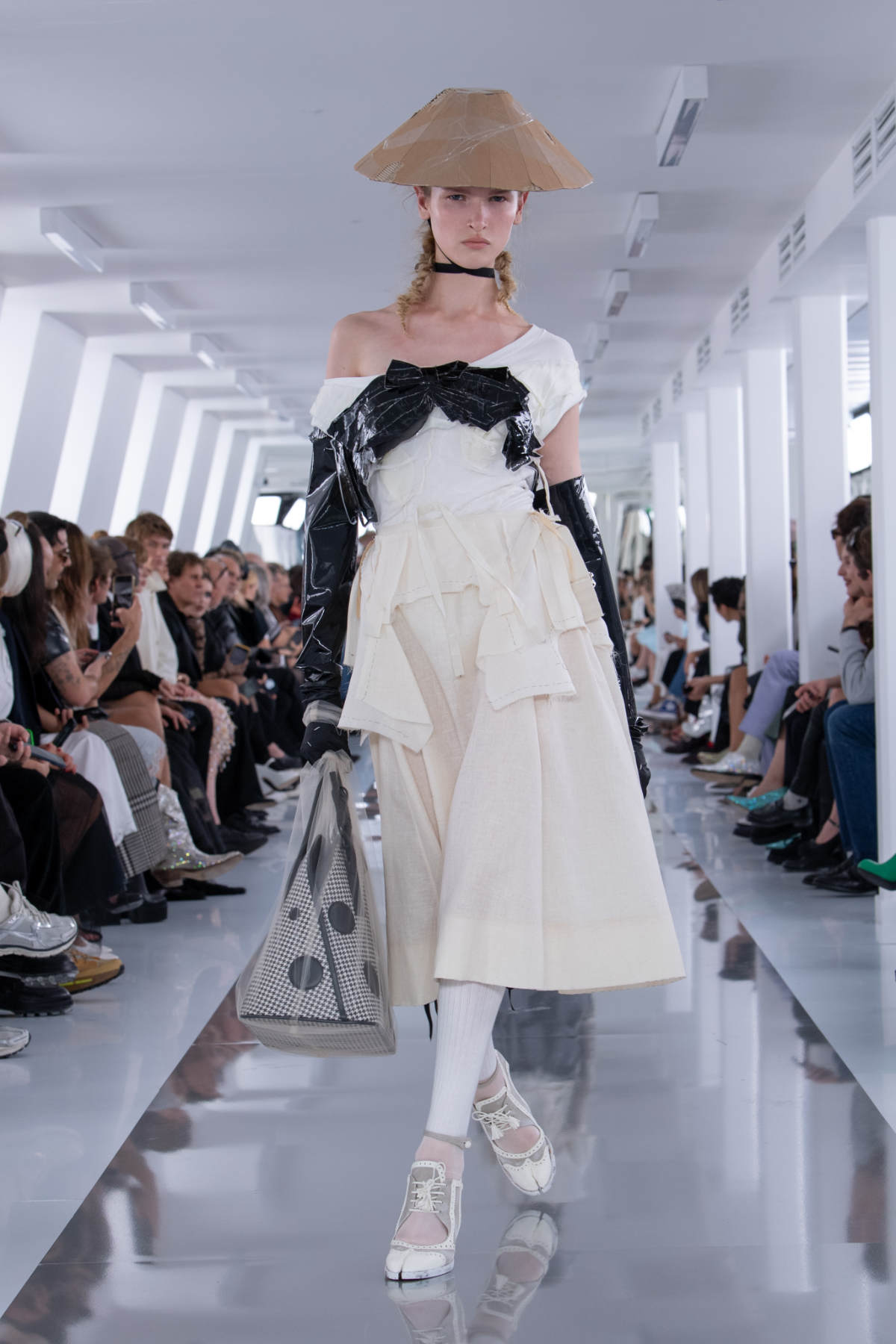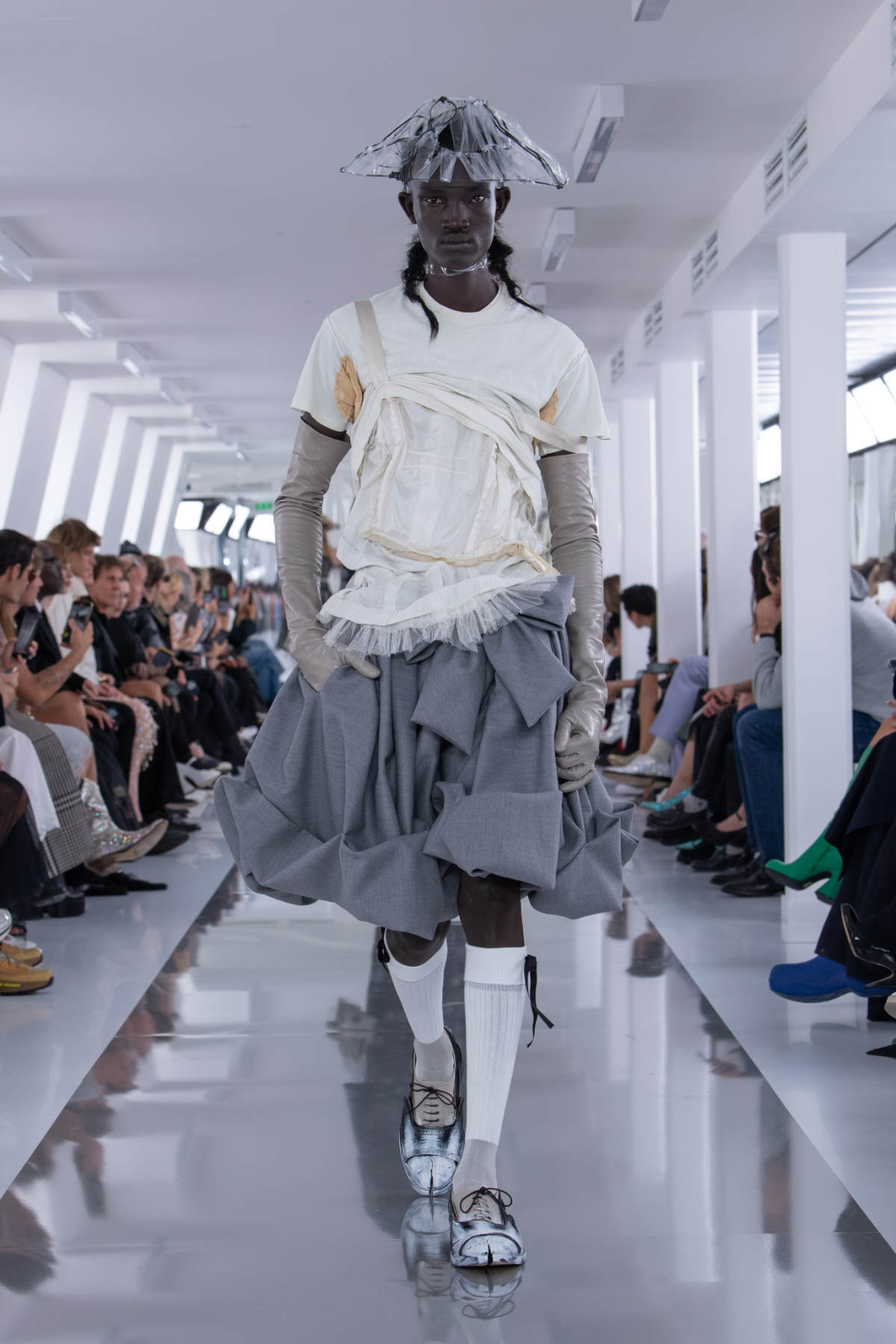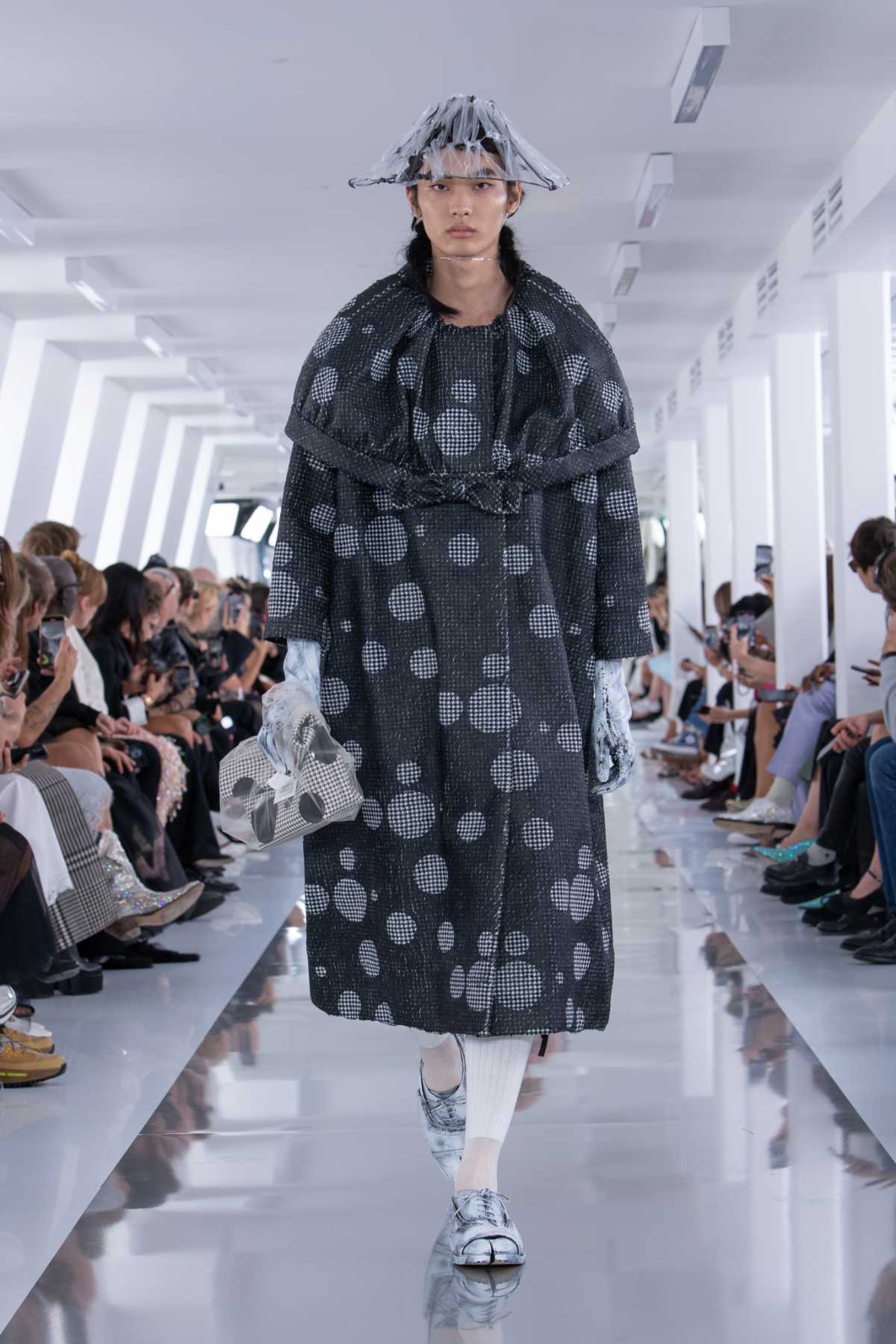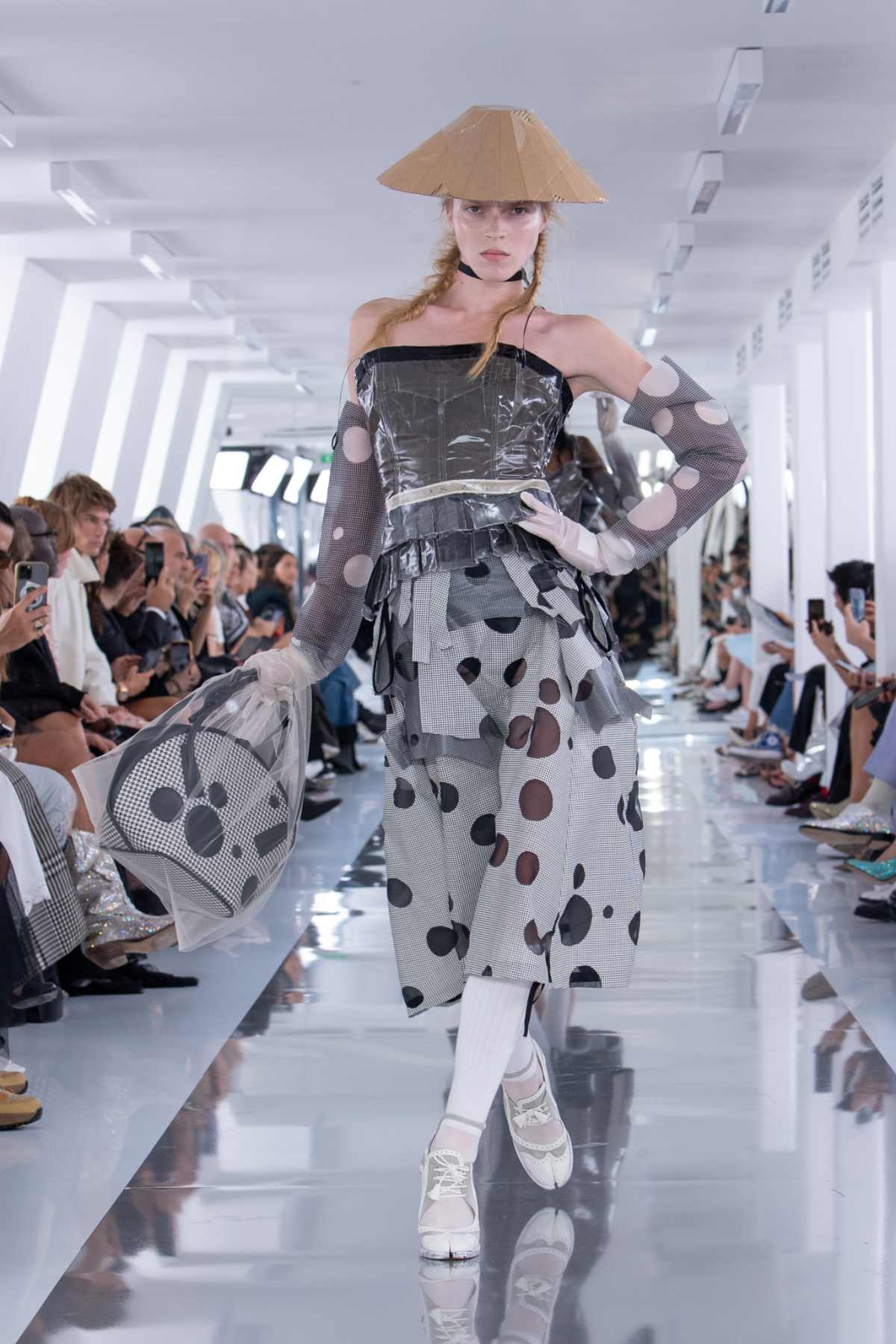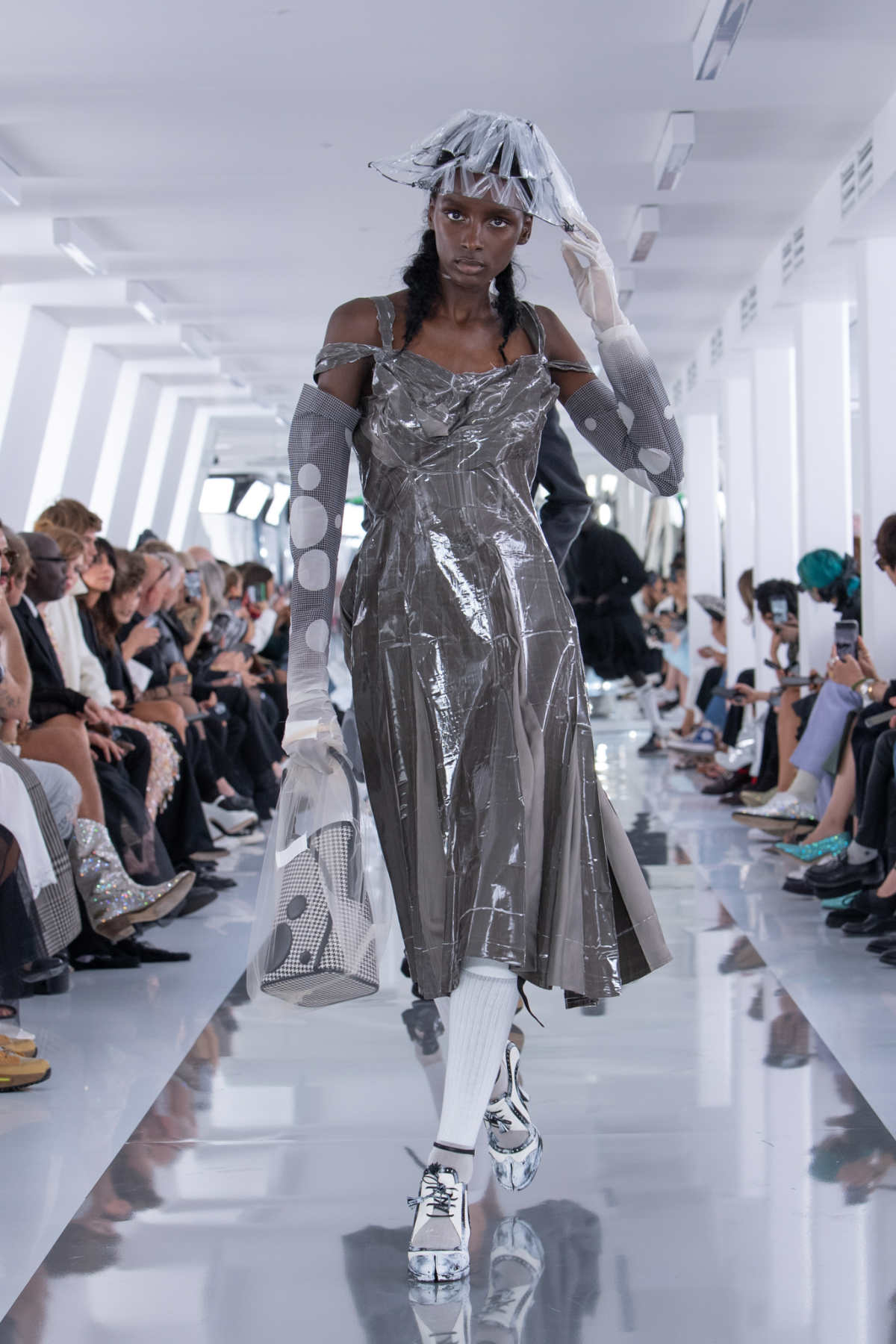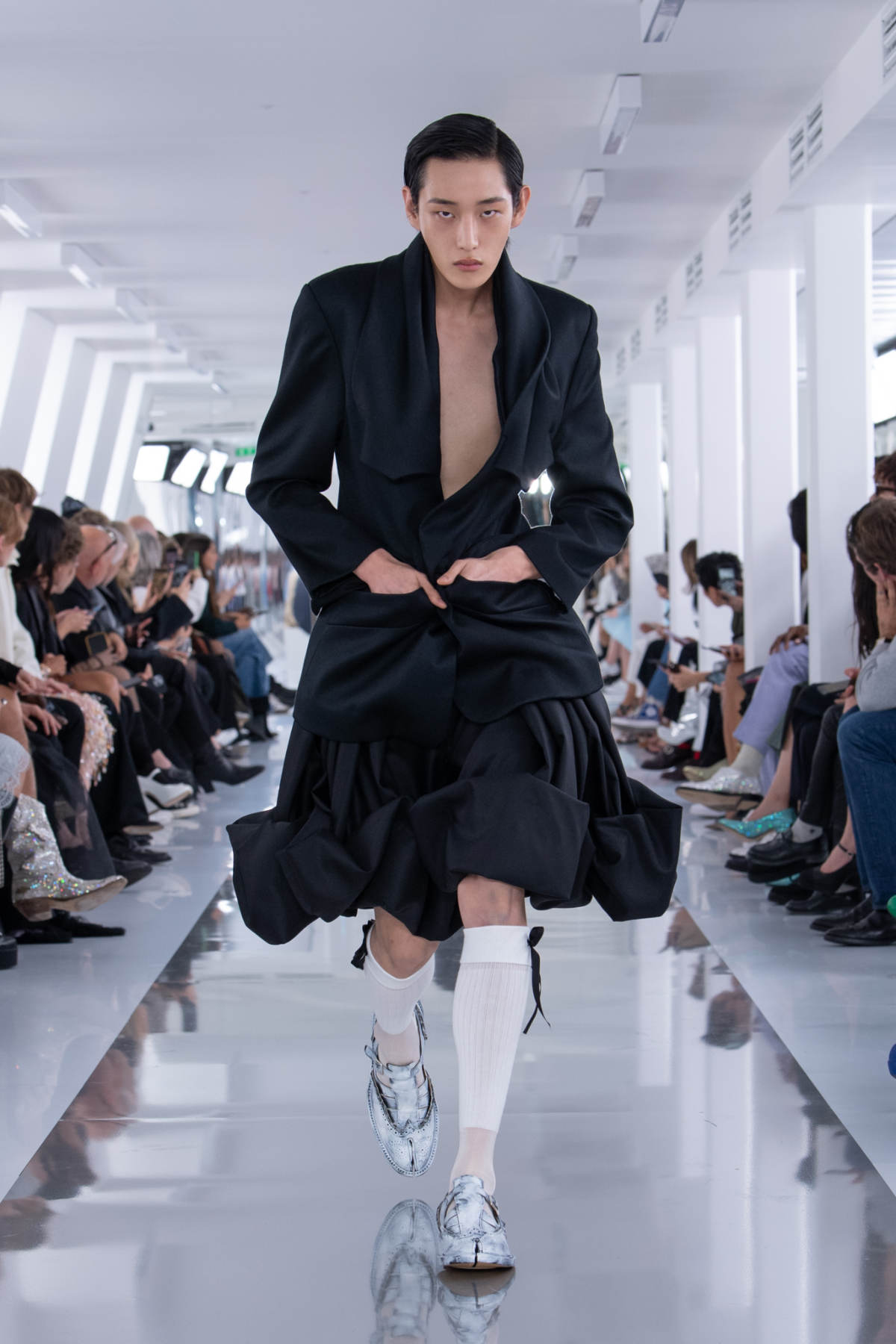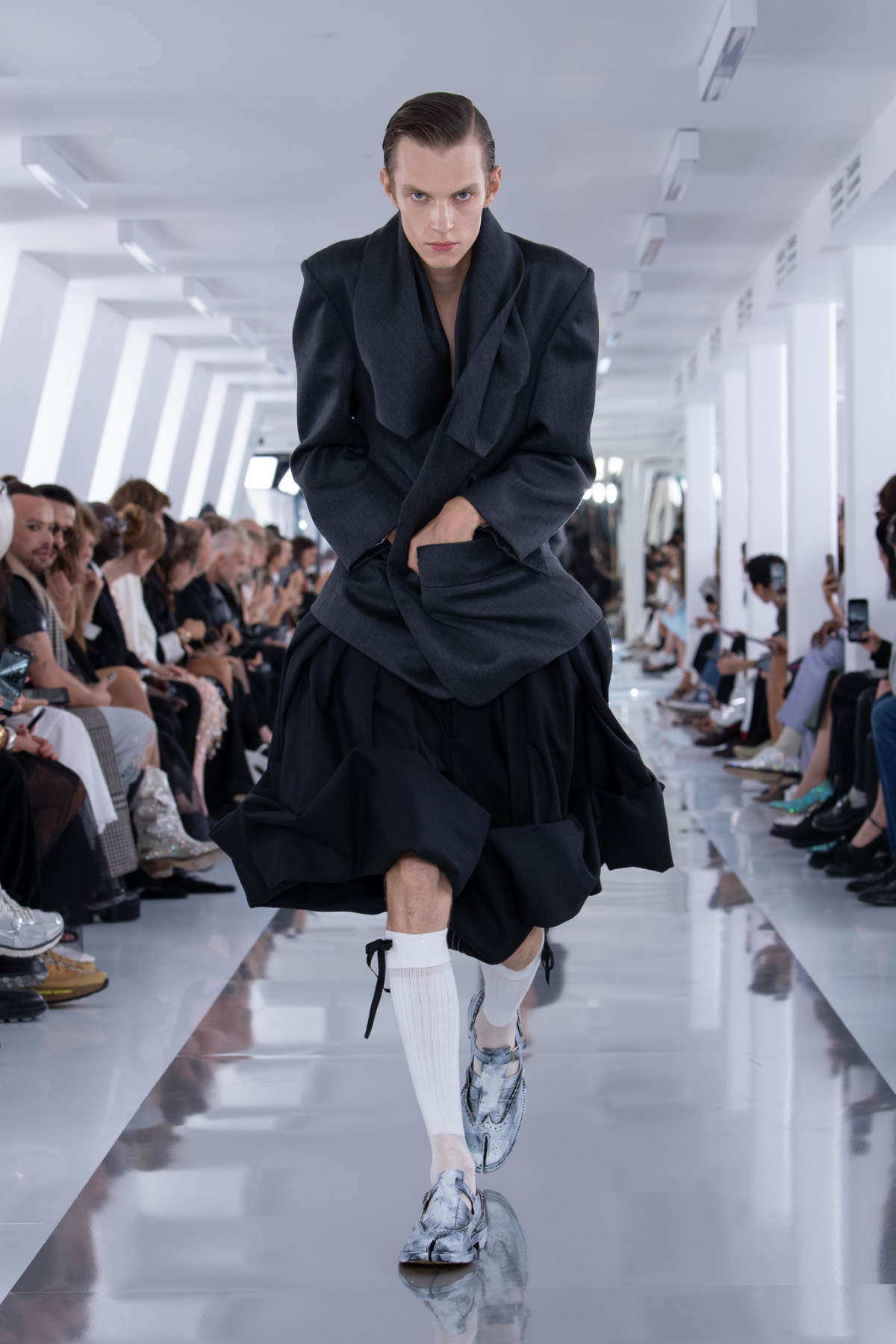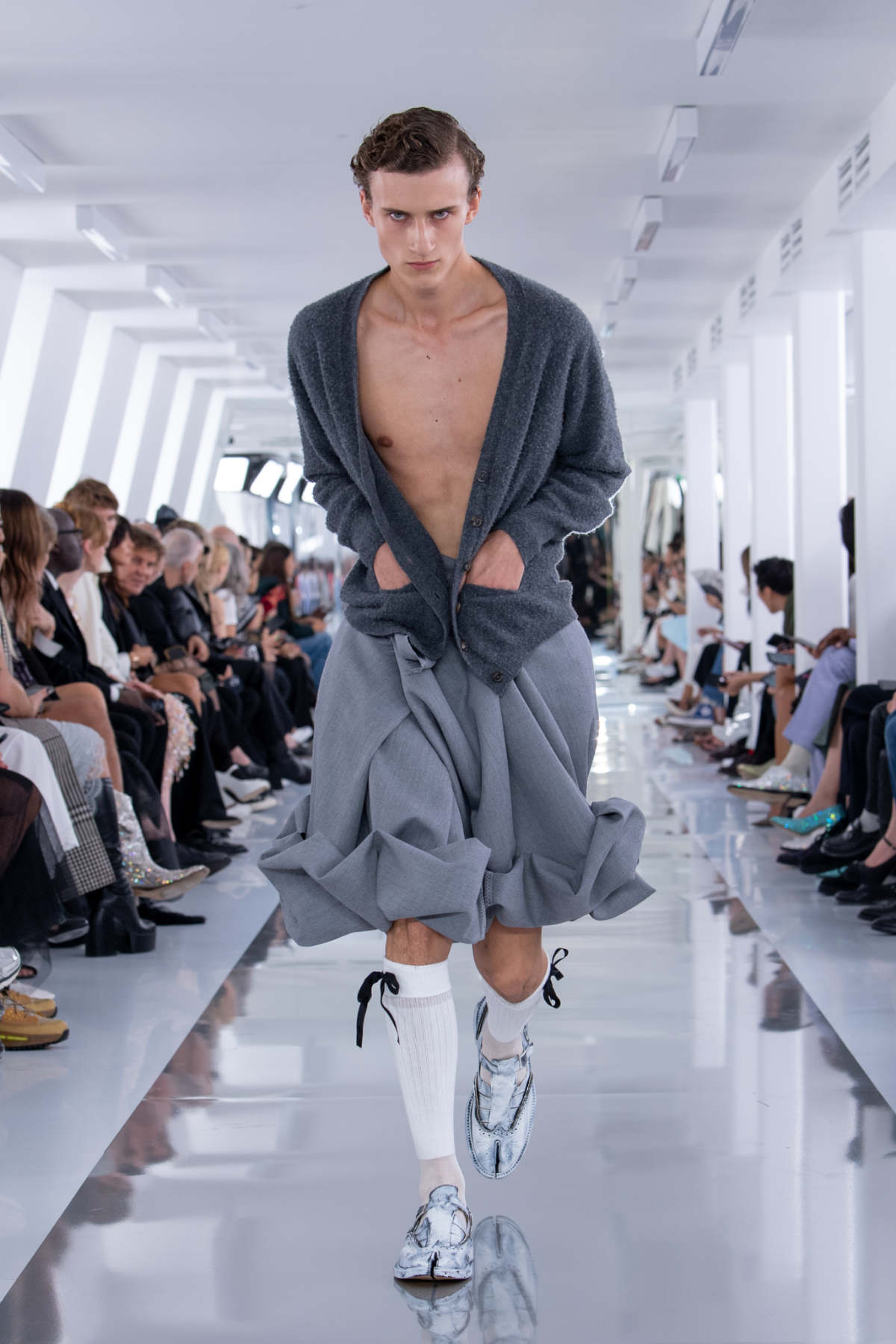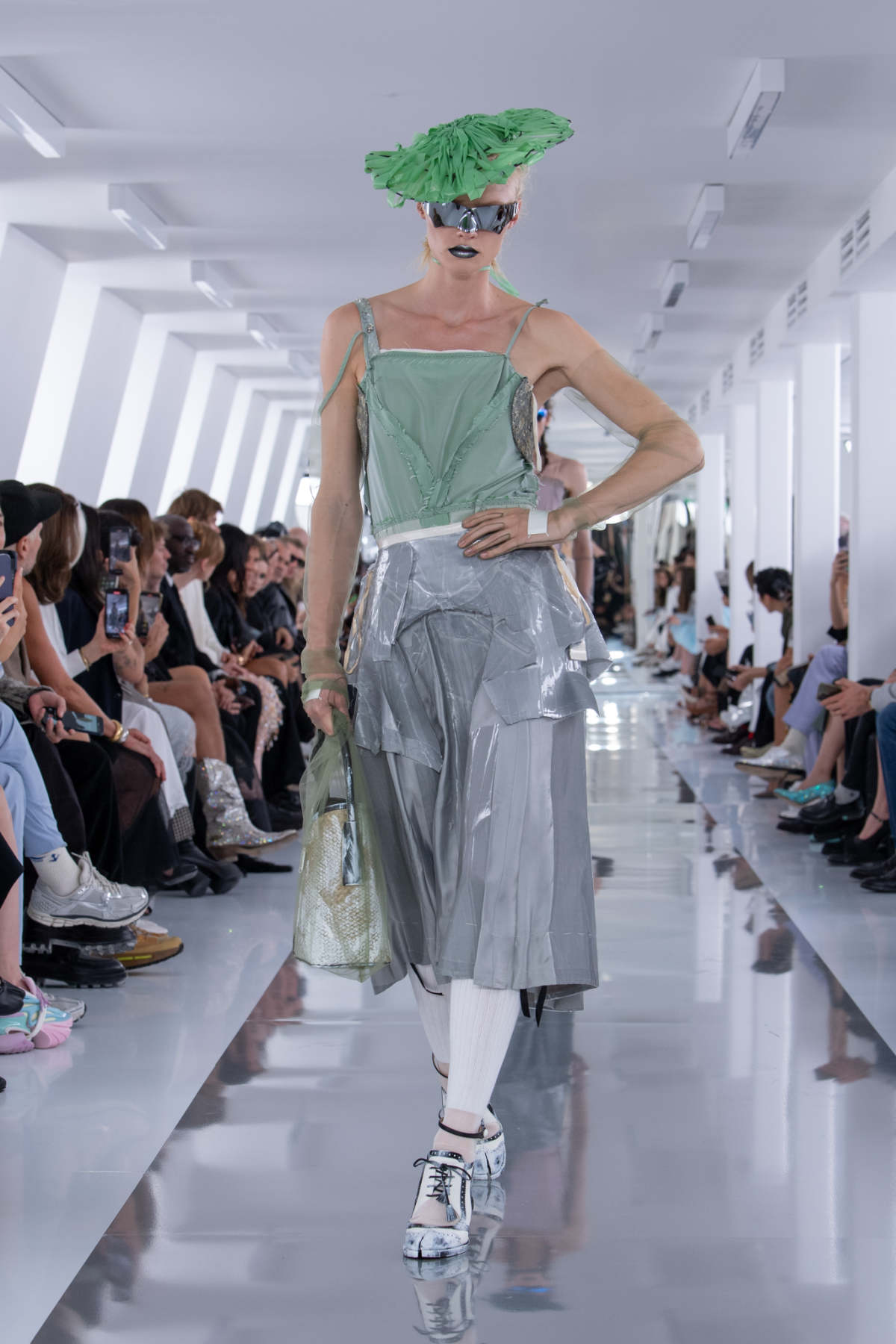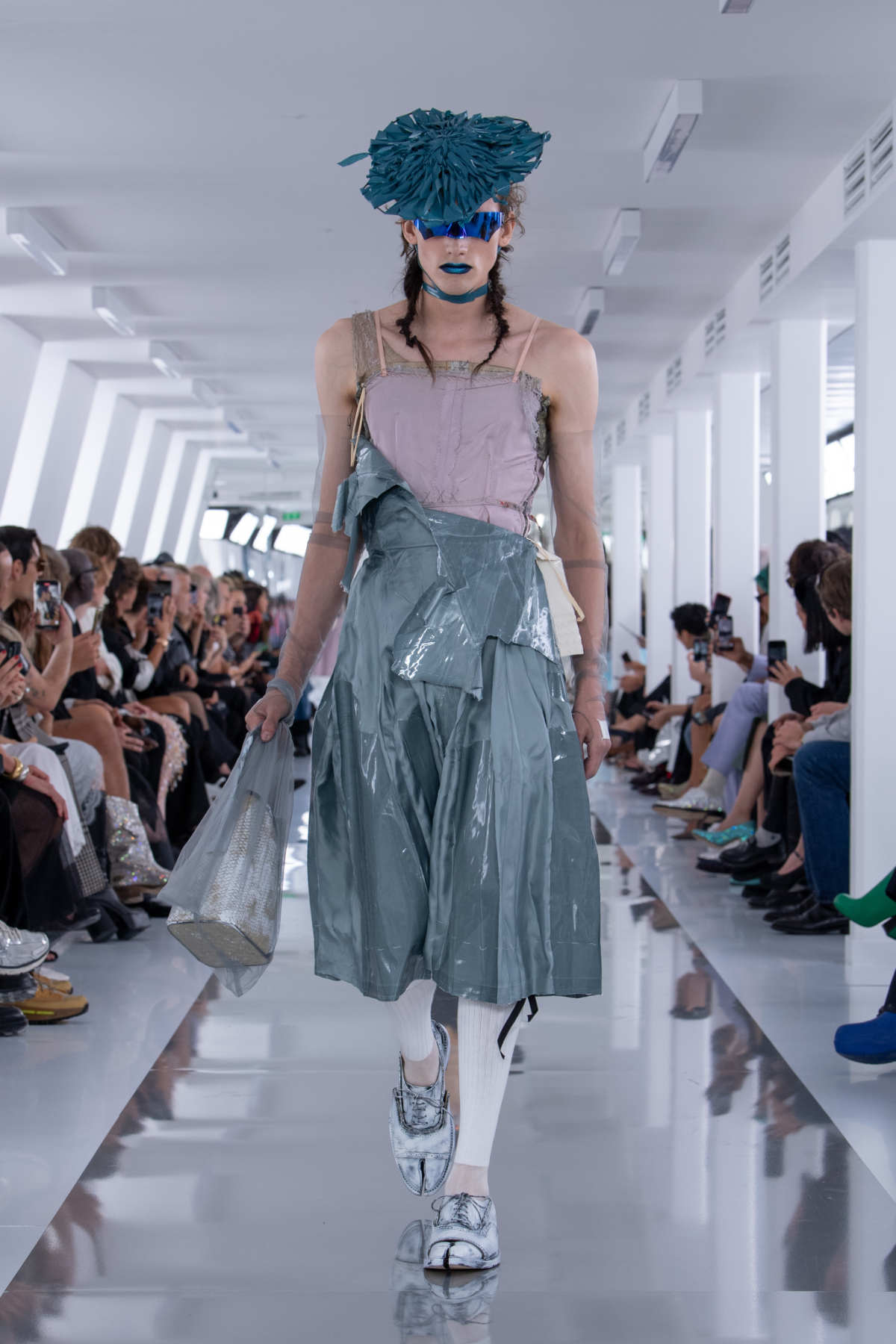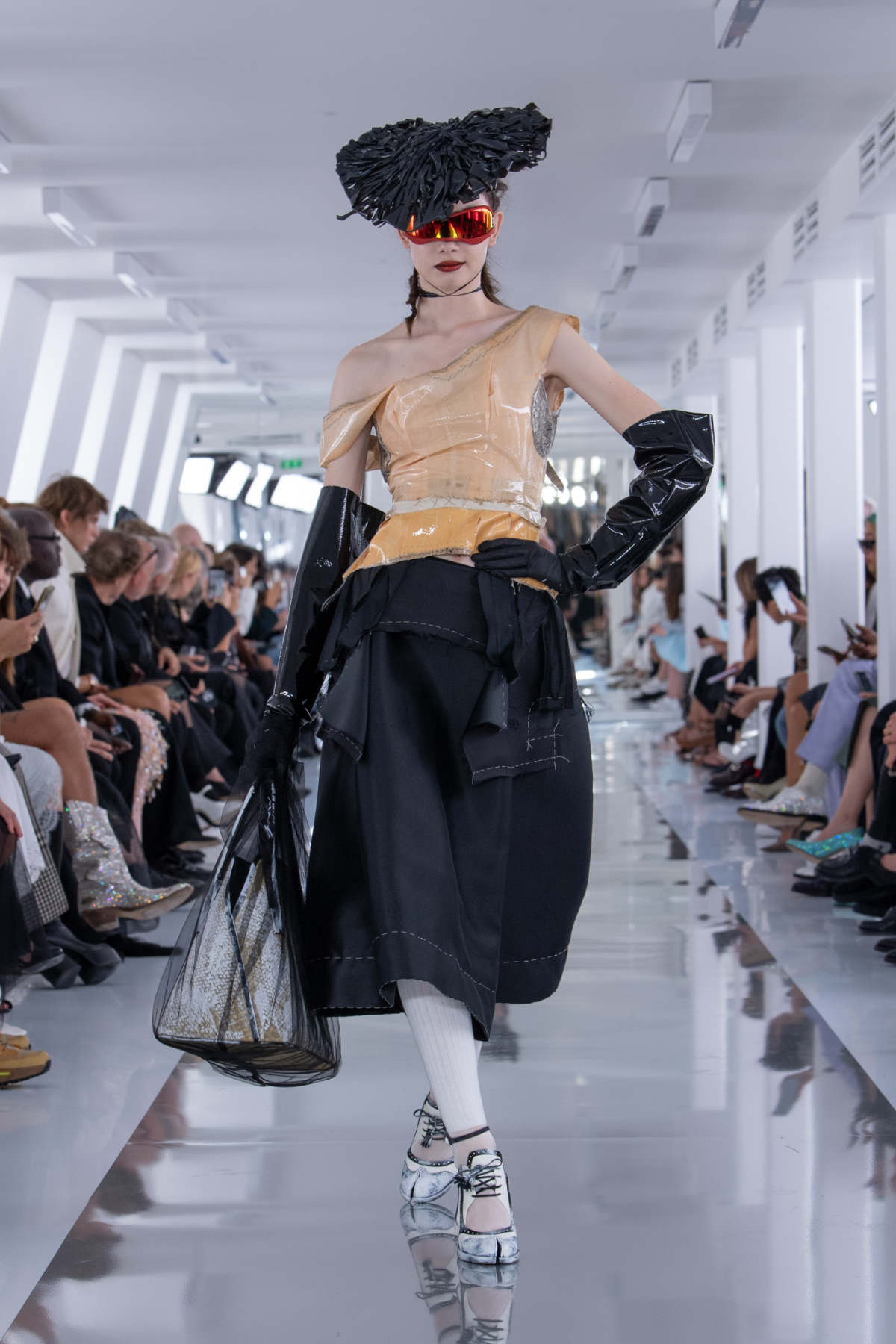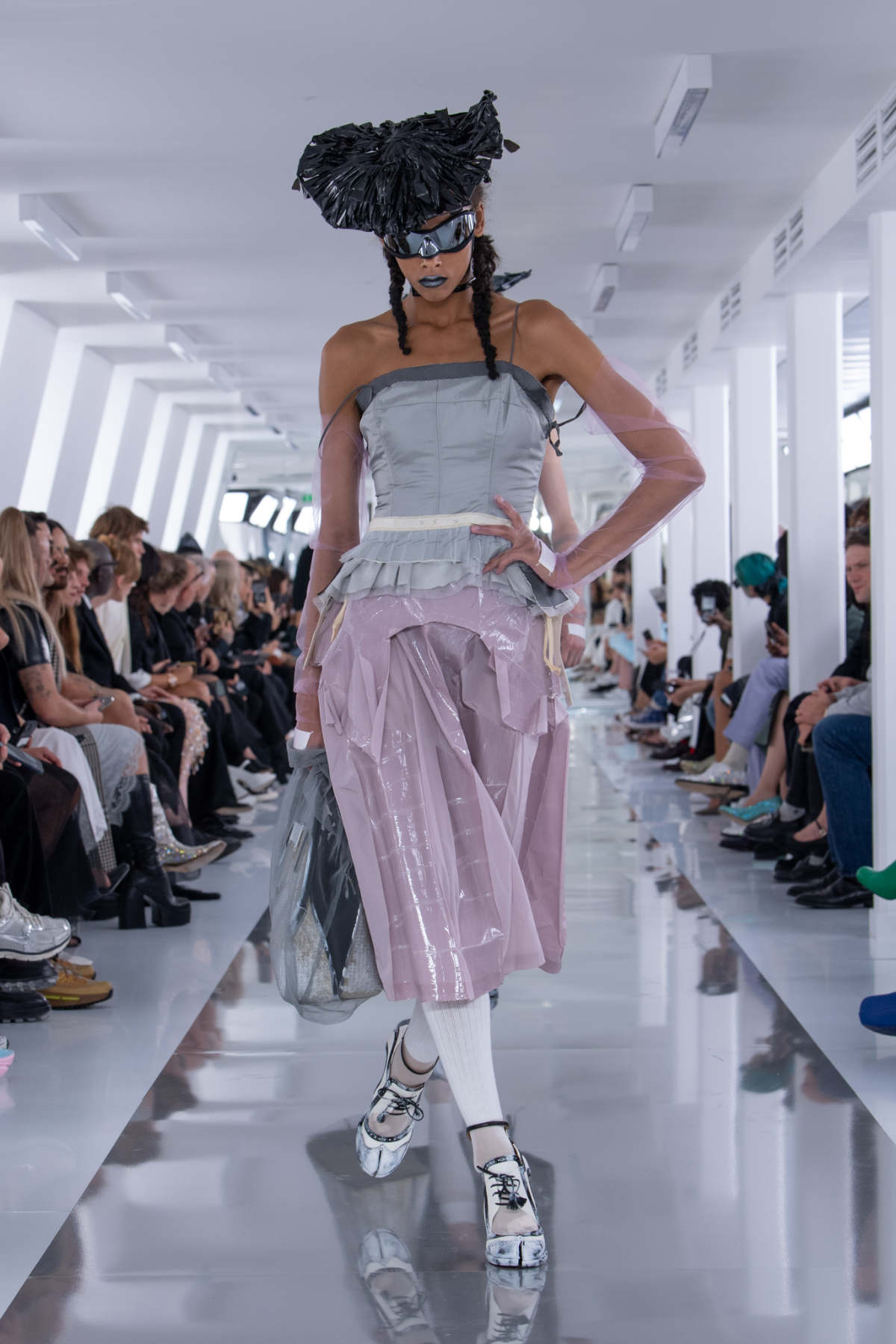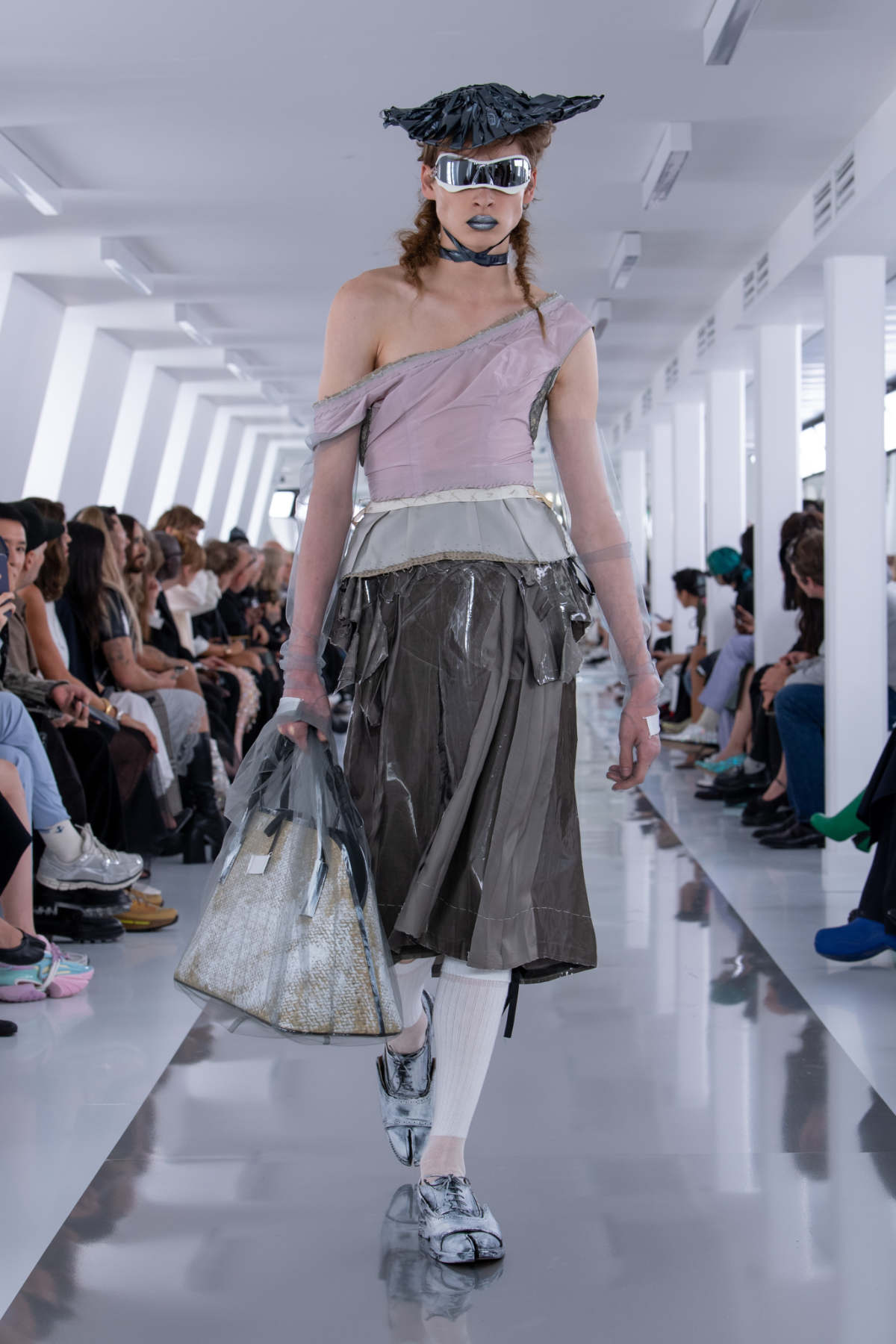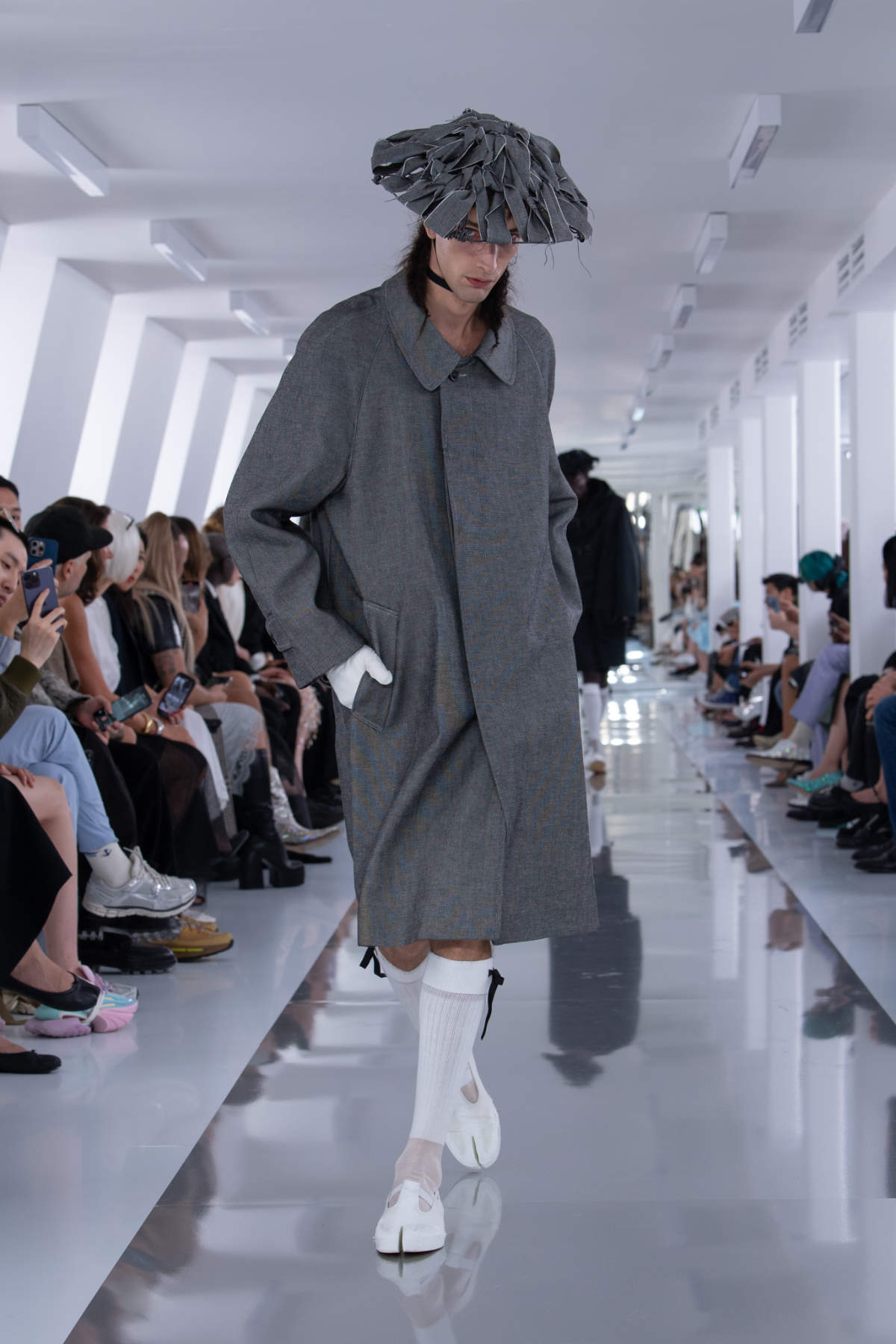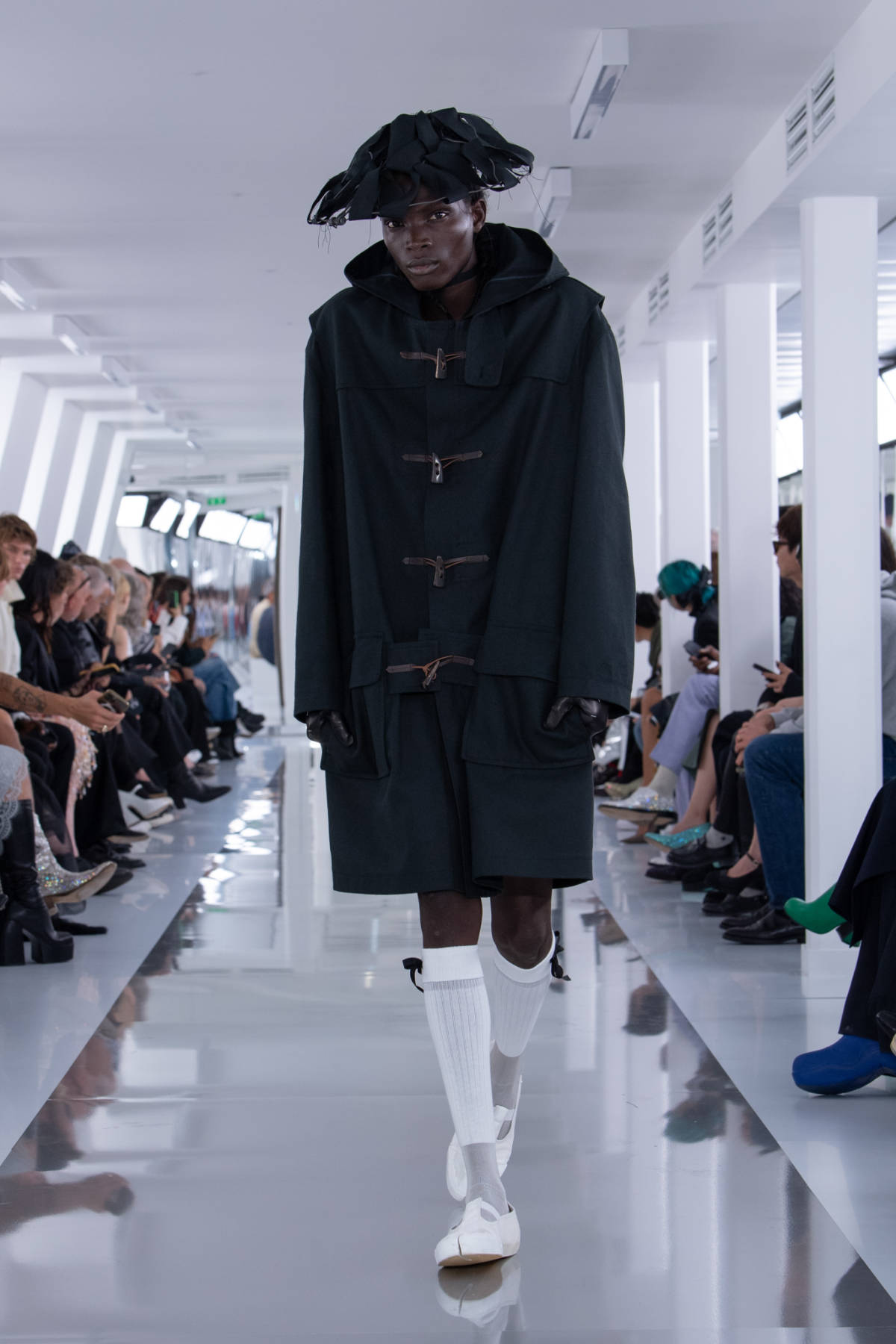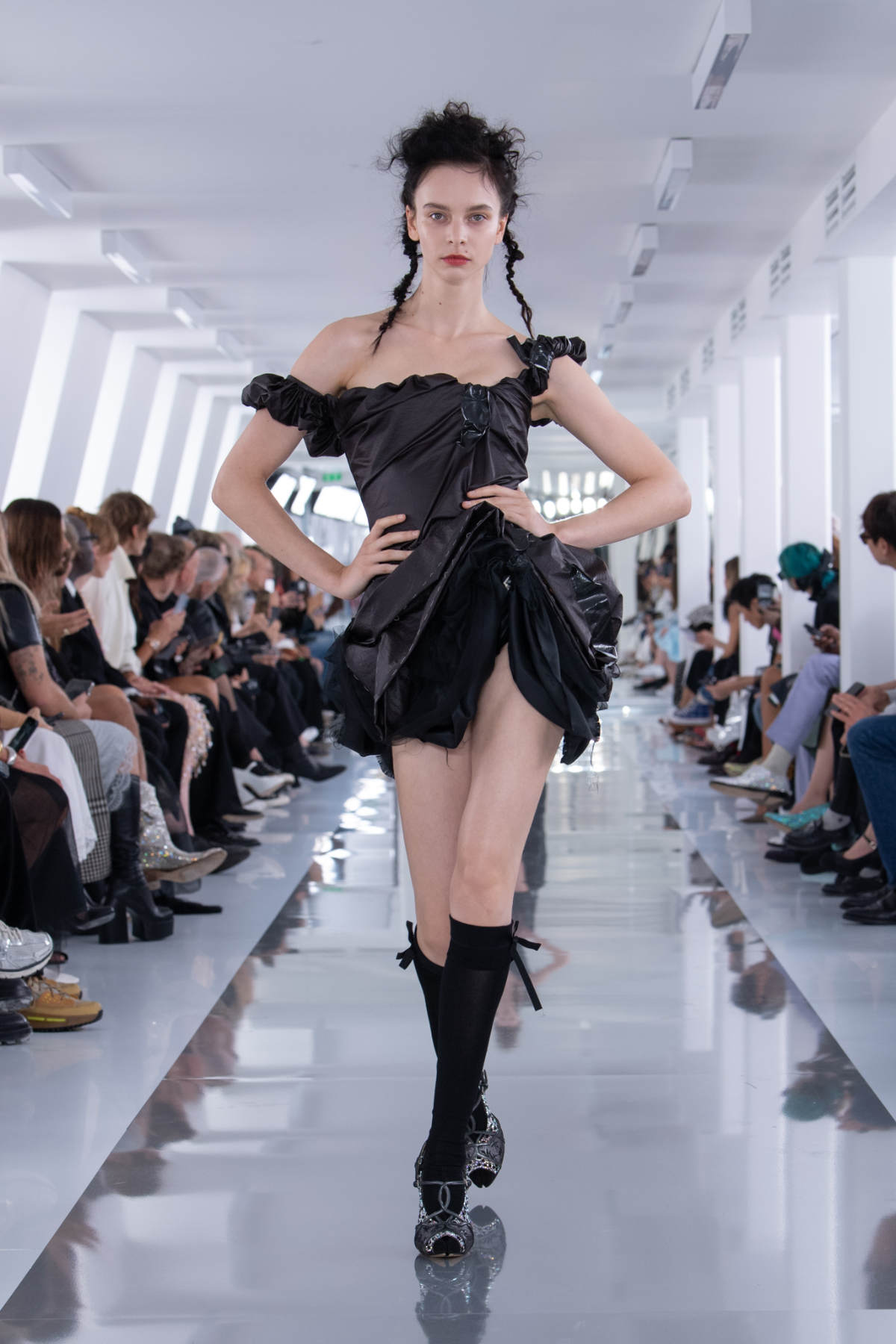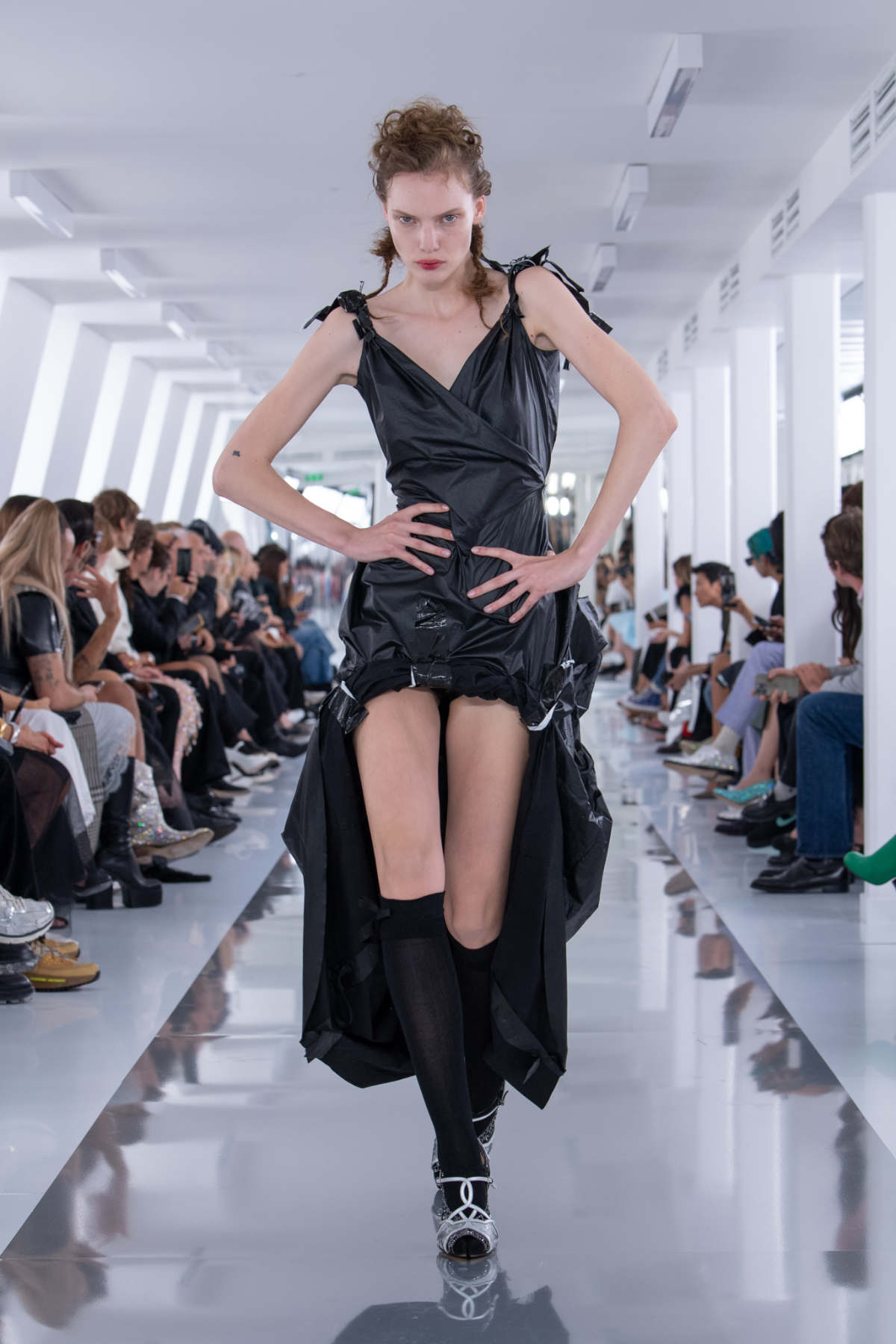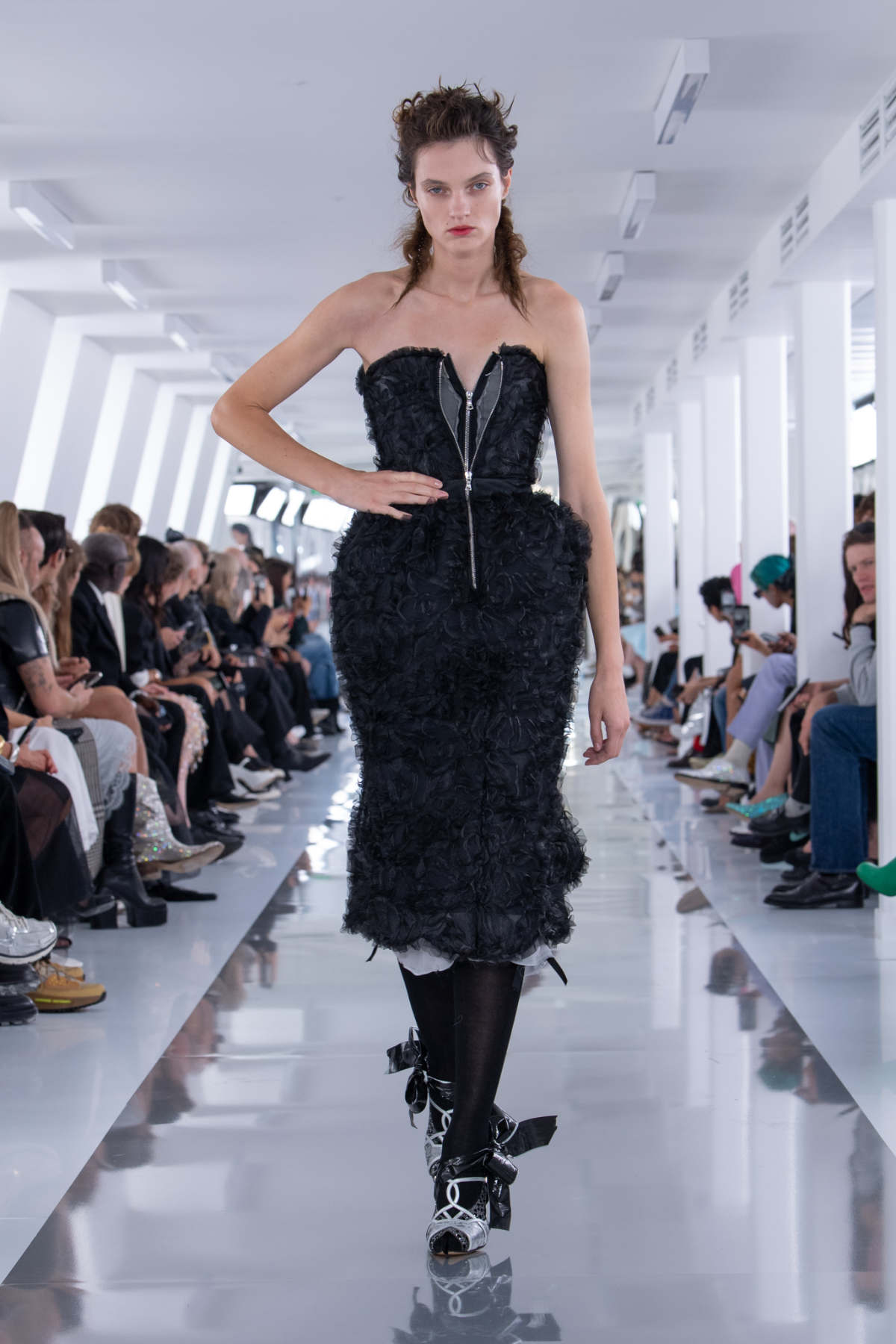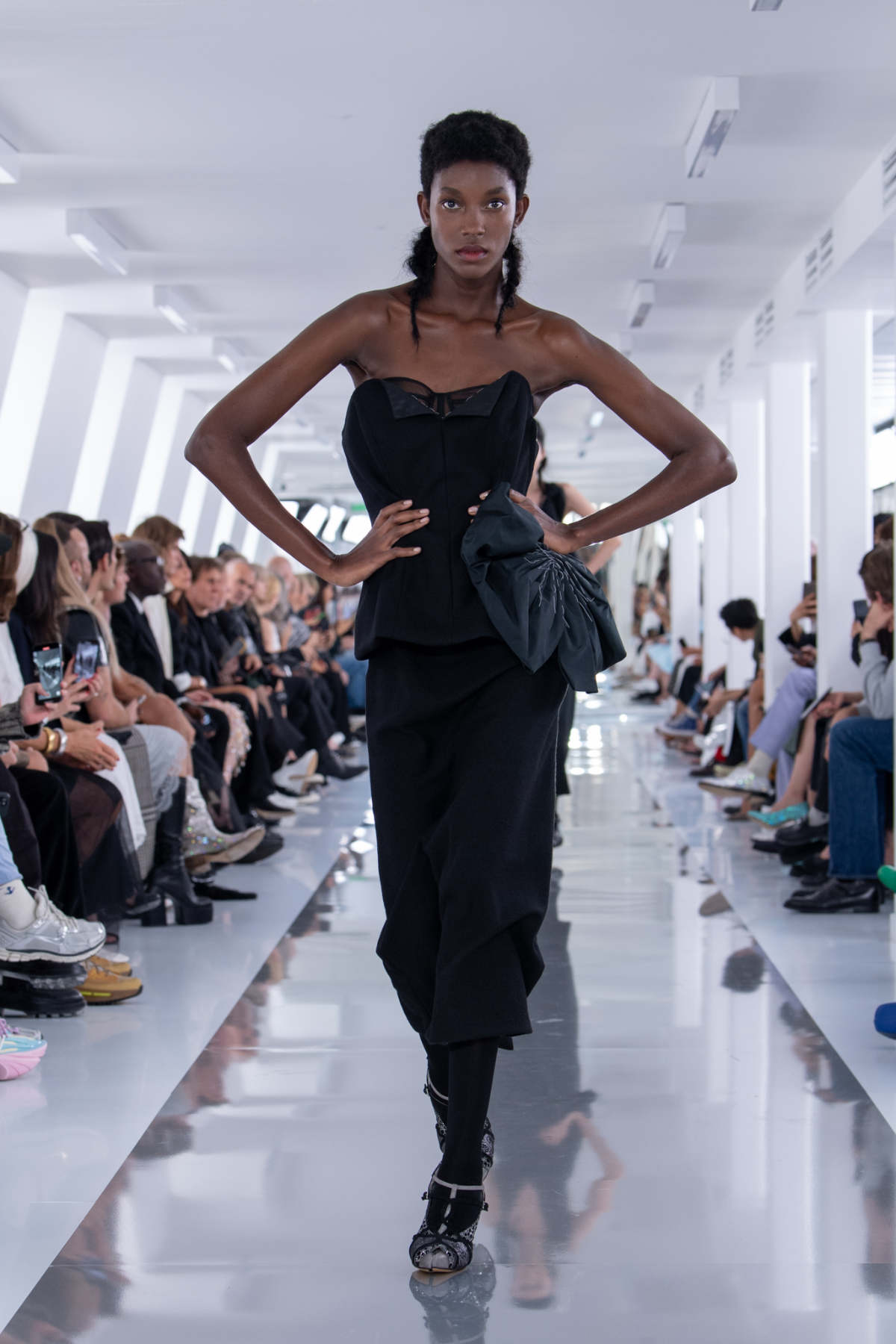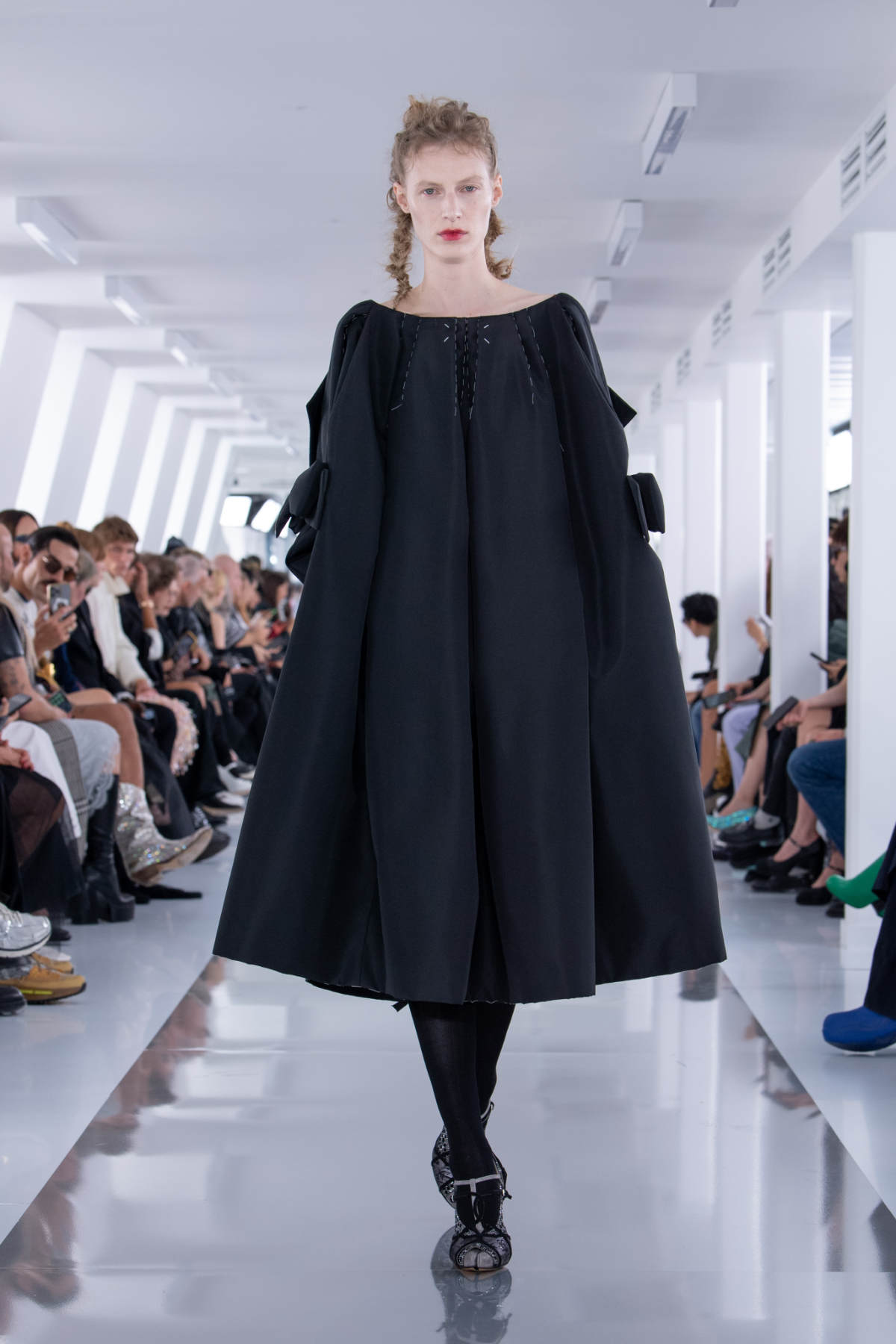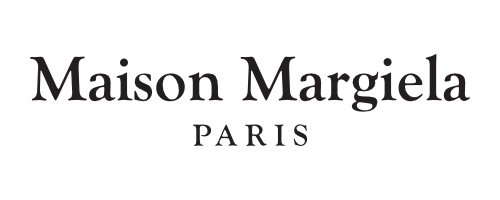Maison Margiela Brand
Maison Margiela Presents Its New Co-Ed Spring-Summer 2024 Collection
Luxferity, 10.01.2024

Inheritance is an act of transmutation. When a belonging is passed down from one generation to another, its genetics are modified and advanced. For the Co-Ed Spring-Summer 2024 Collection, Maison Margiela stages a search for individual truth reflected in the generational adaptation of an inherited wardrobe. Evoking the memory of one age through the radical eyes of the next, Creative Director John Galliano triggers a chemical reaction between eras and attitudes founded in a flashback narrative imagined within the Maison’s ongoing chronicle of the characters Count and Hen.
In the foyer of Maison Margiela, projected imagery of a transatlantic ship towering over the roofs of a twentieth-century English port city foreshadows the show. On its passage to America, an adolescent meeting between the parents of Count and Hen unfolds: one, the son of an impoverished aristocratic line; the other, the daughter of an industrial family of pretence. The scene informs a collection founded in the voyage’s steely climate, its characters, and a cargo loaded with travelling trunks full of clothes which will ultimately end up in the adaptive hands of their future descendants.
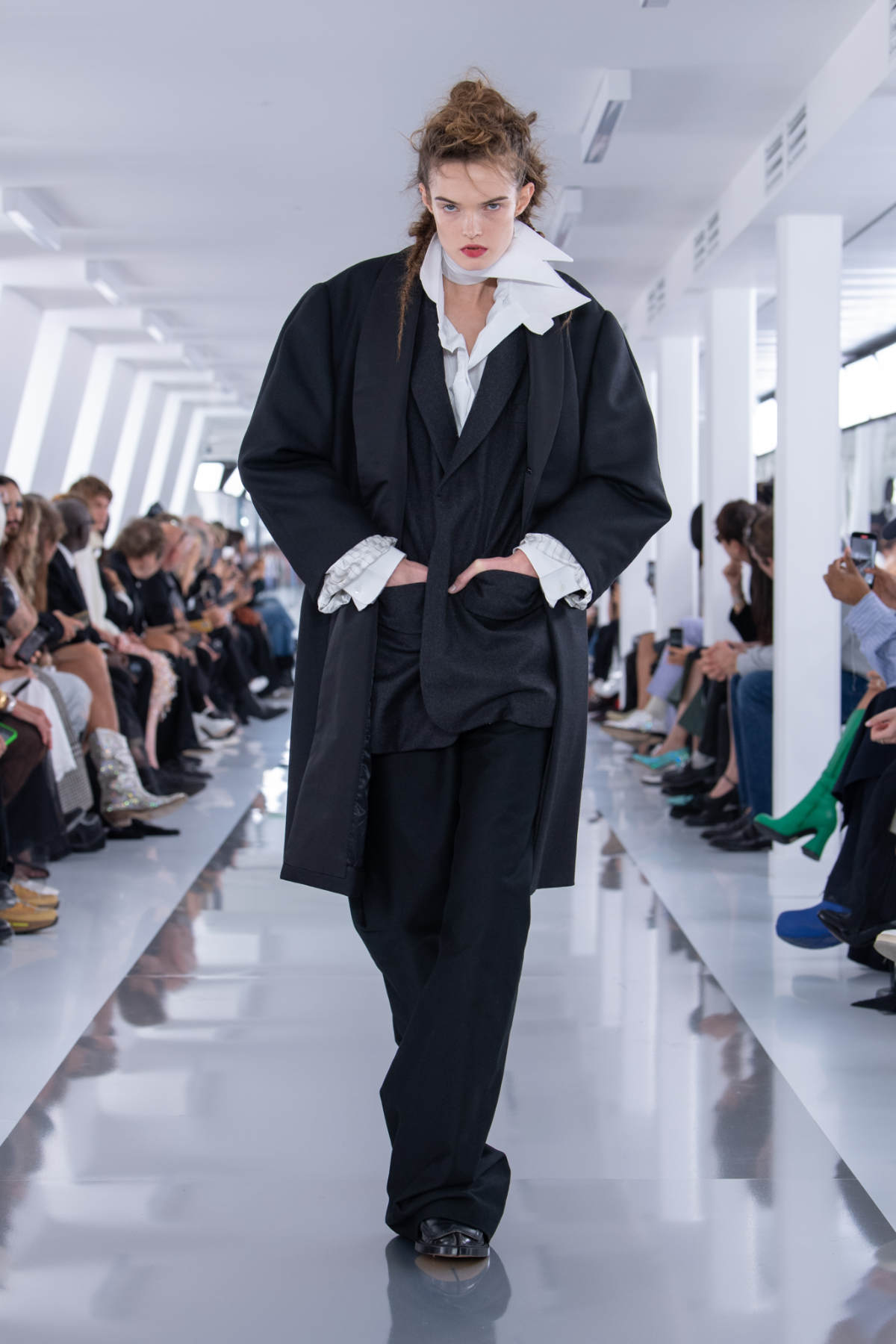
Illustrating the generational impulse for customisation that reflects one’s contemporary truth, dresses employ the practice of exfoliage. Here, the top layer of the bustier is ripped away to reveal its inside construction, lowered over the skirt and laminated with relief-effect. It mirrors the new technique of pressage in which dresses and shirts are laminated across drapes and creases, leaving unvarnished reliefs as if flattened by the pressure of a suitcase. The spirit of adaptation infuses dresses with shiny fragments of bows, a motif similarly exercised in misfit evening silhouettes, spontaneously customised with tape or work-in-progress stitching.
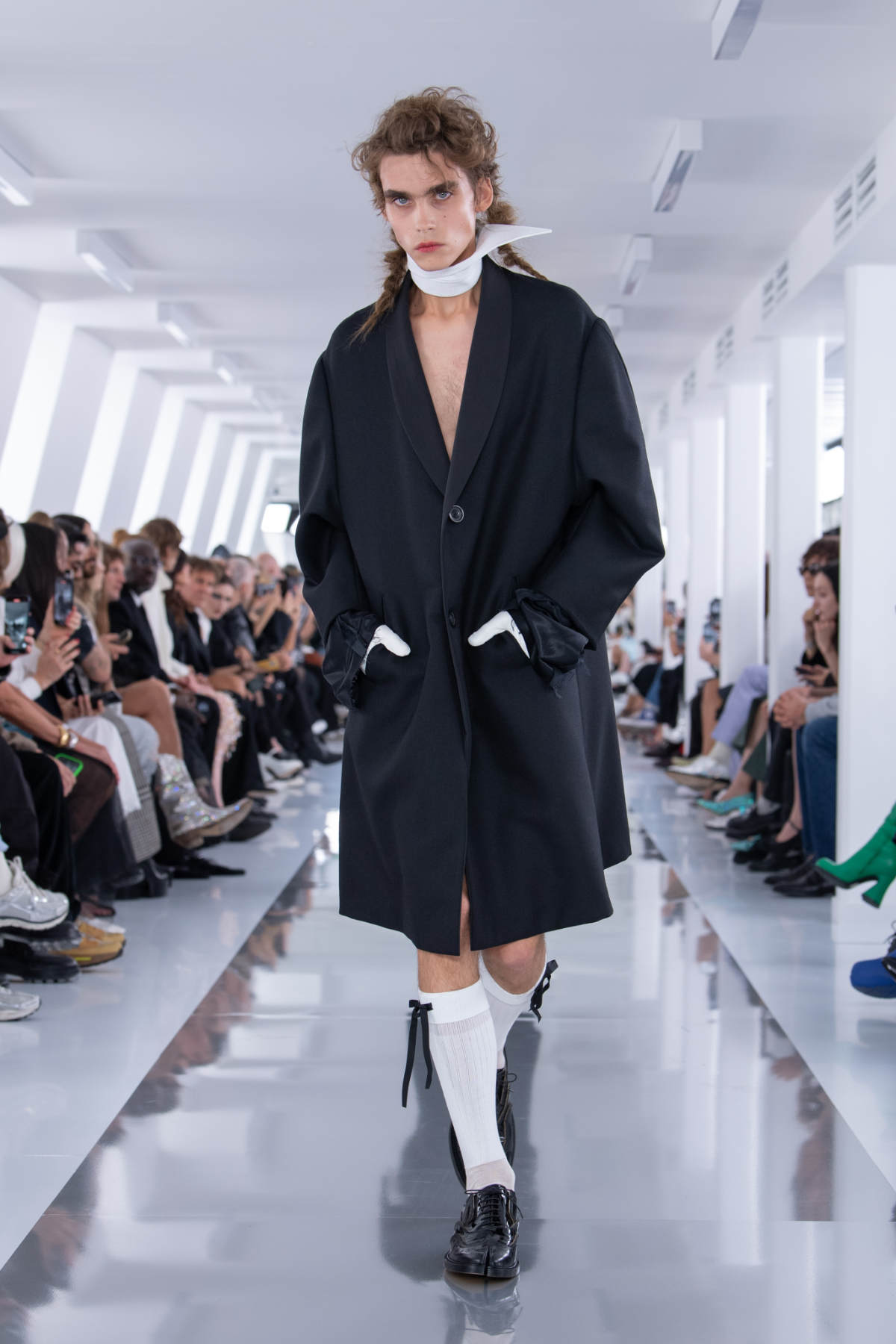
Promoted in Australia, Germany, United Kingdom, United States
In a study of inherited tailoring, blazers imbued with the memory of sports cloths coolly draped around the neck imitate the nonchalant body-language observed in archival imagery of mauvais garçons. Exercised through cutting, they reflect the unconscious gestures with which we naturally imprint the garments we wear: the shrug of a jacket, the cowing of a pocket, the runkling of a hem. The Maison’s Rorschach cutting – which conjures pareidolic outlines of familiar characters – evolves into Rorschach dotting in an organza skirt treated with printed pied de poule and lamination, a process echoed in a velour coat.

Outerwear and suits fuse the tropes of the masculine wardrobe with the classic grammar of the feminine wardrobe, culminating in coats underpinned with sculptural basques. Dancing-hem culottes re-appropriate hacked-up midcentury dresses, a form language reverberated in the sculptural beetle backs of a denim car coat and coats with adapted maritime collars. Tabi brogues and Tabi spectator shoes are interpreted in several forms. Deck shoes nod at the narrative’s premise. Shopping bags, bowling bags and vase bags adapt the Rorschach dots, while hats mimic mid-century shapes through naïve construction.
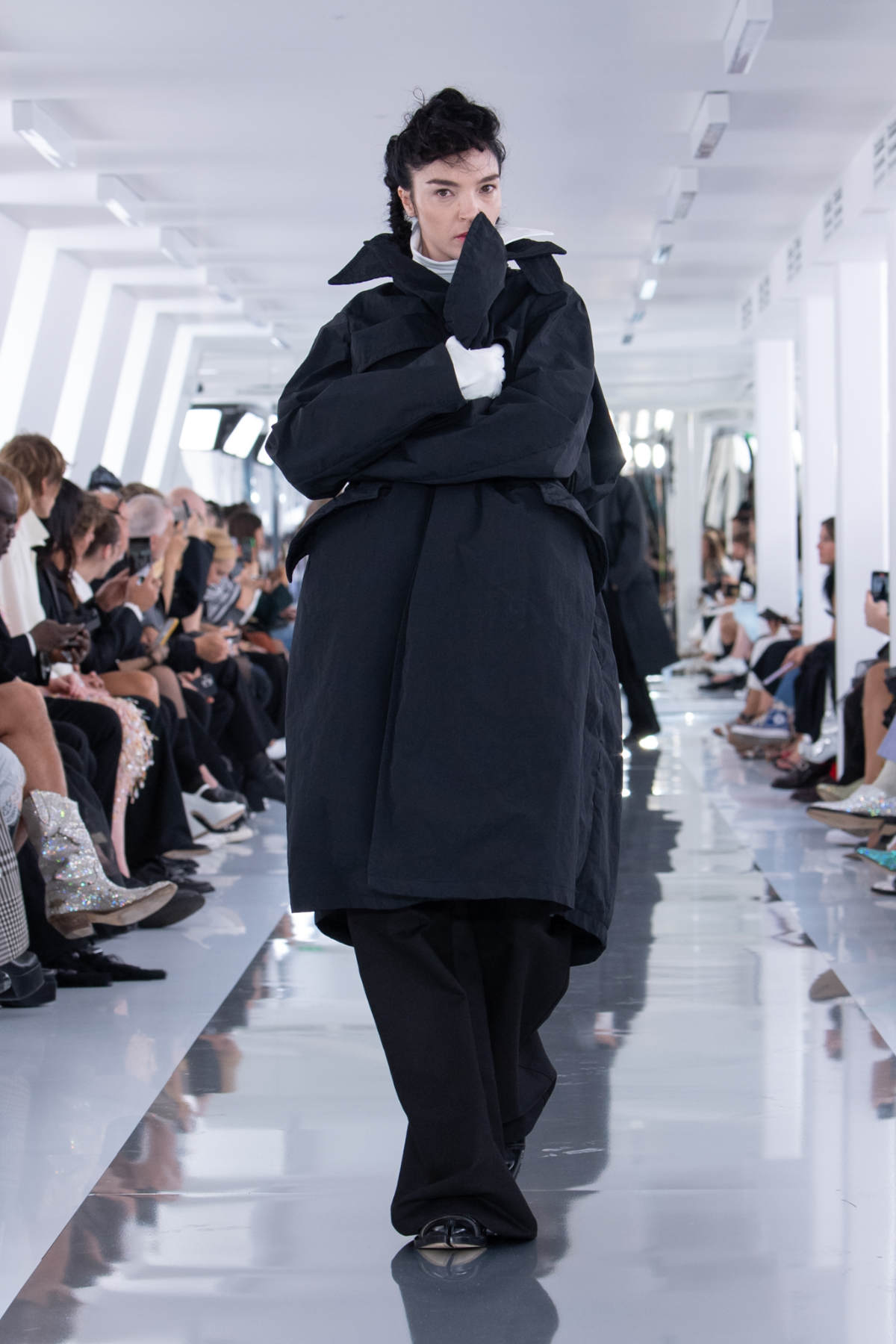
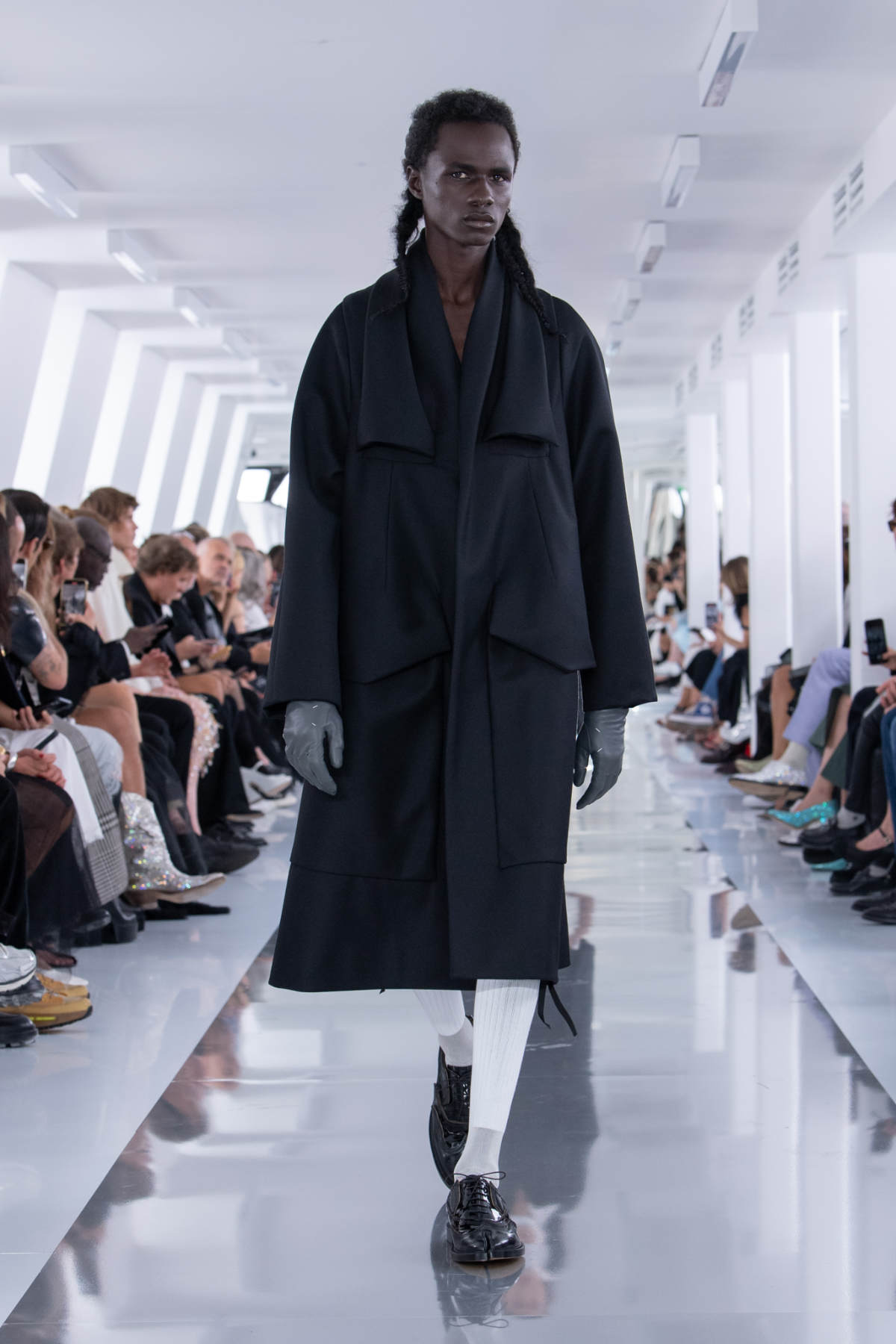
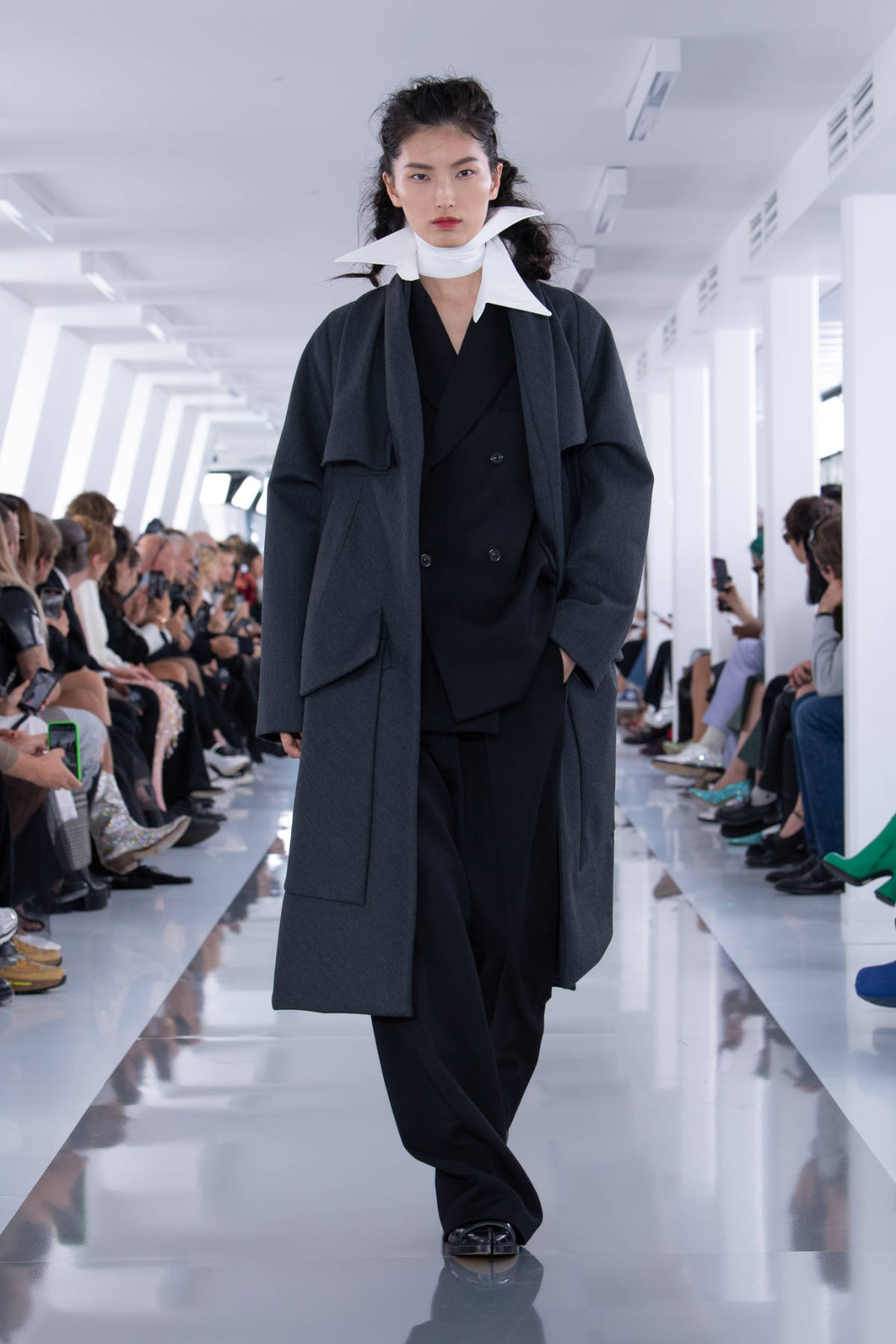
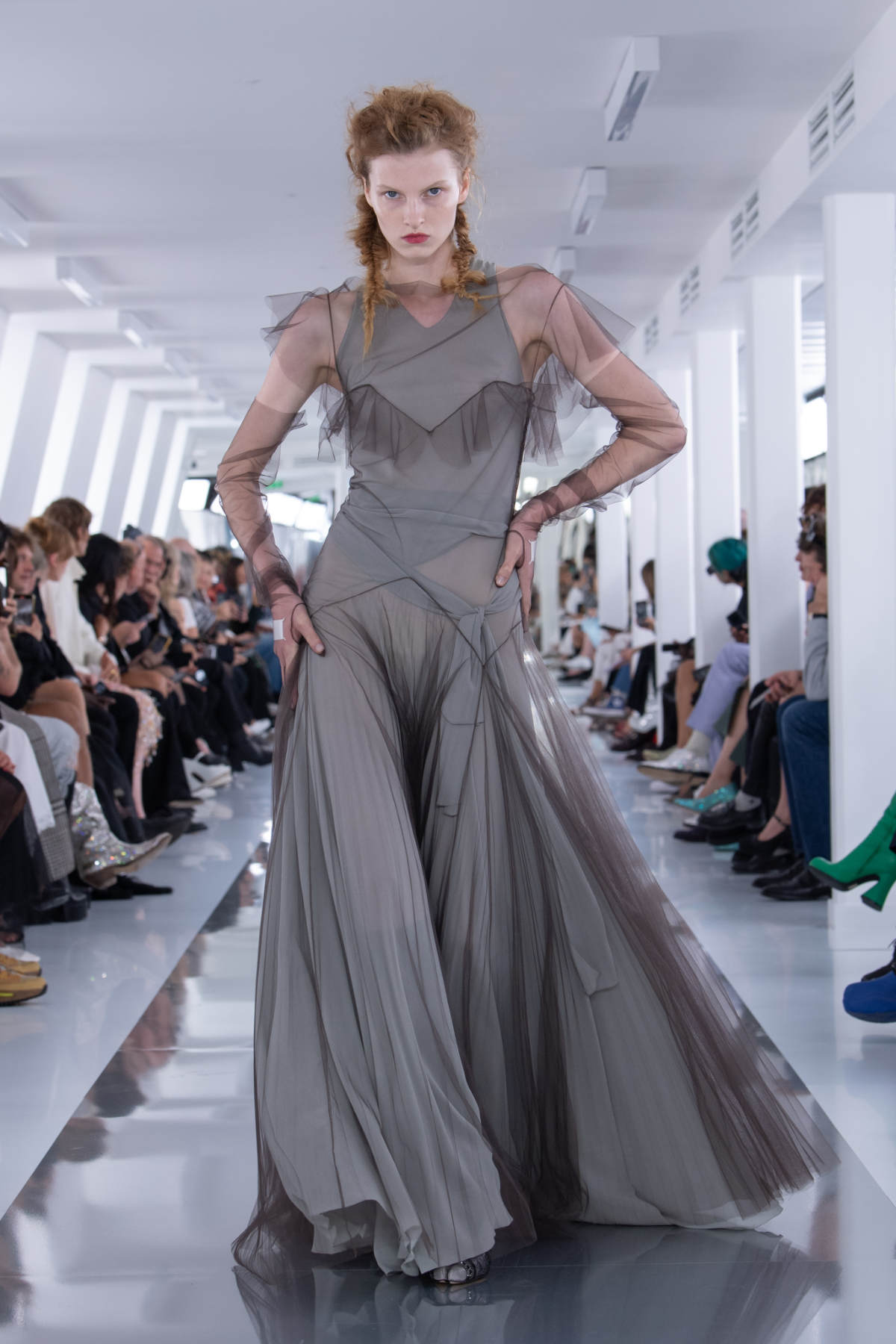
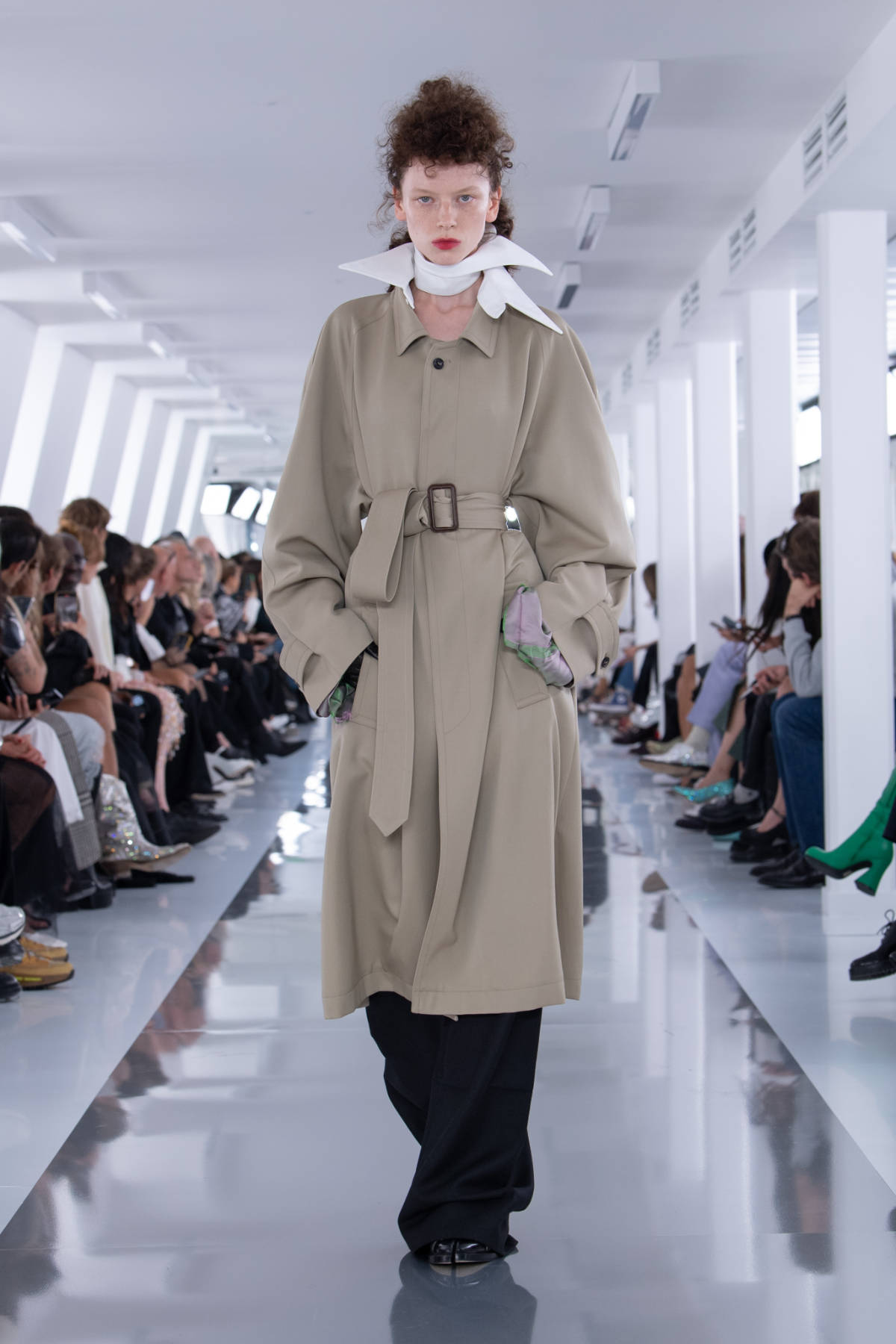
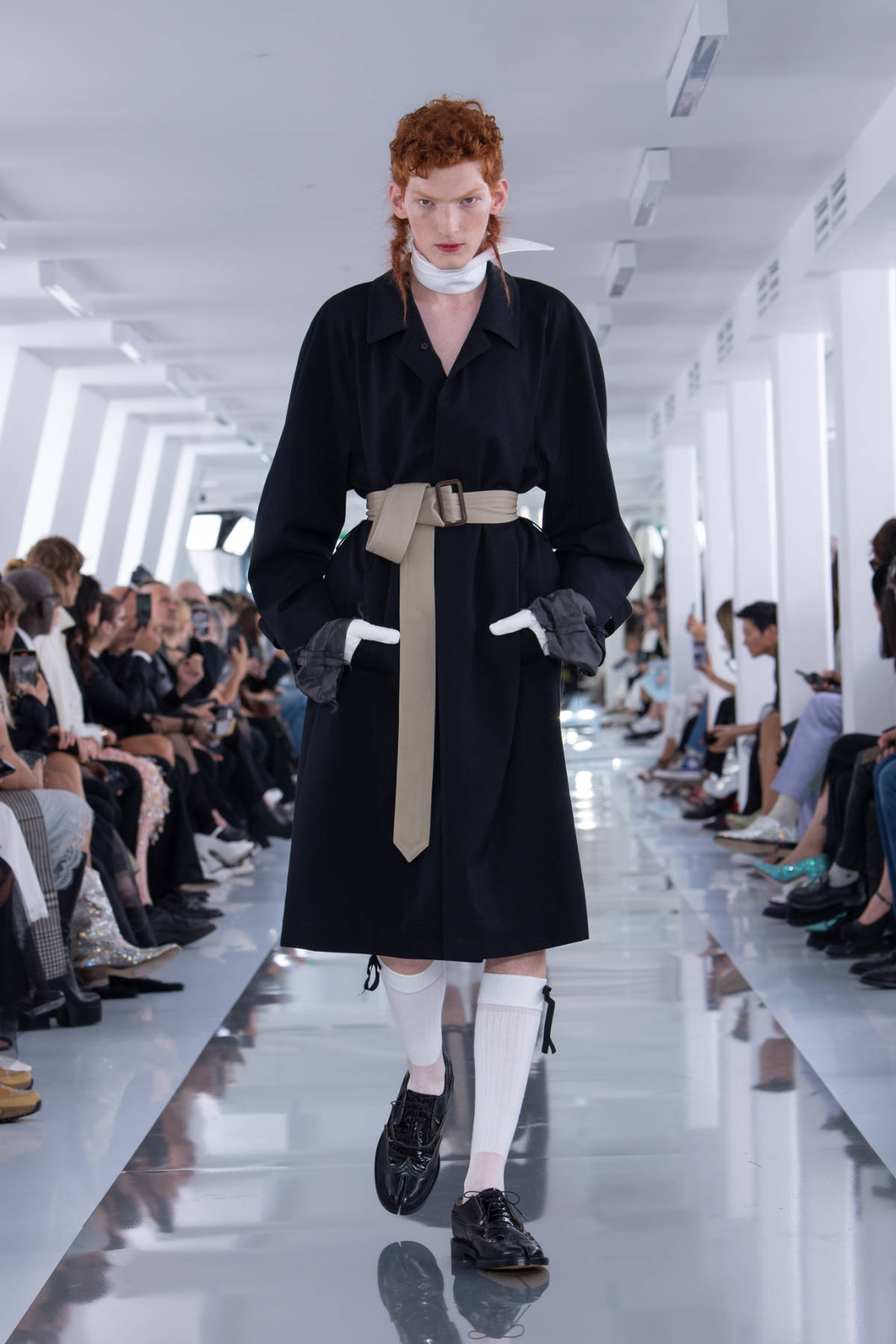

Promoted in United Arab Emirates
